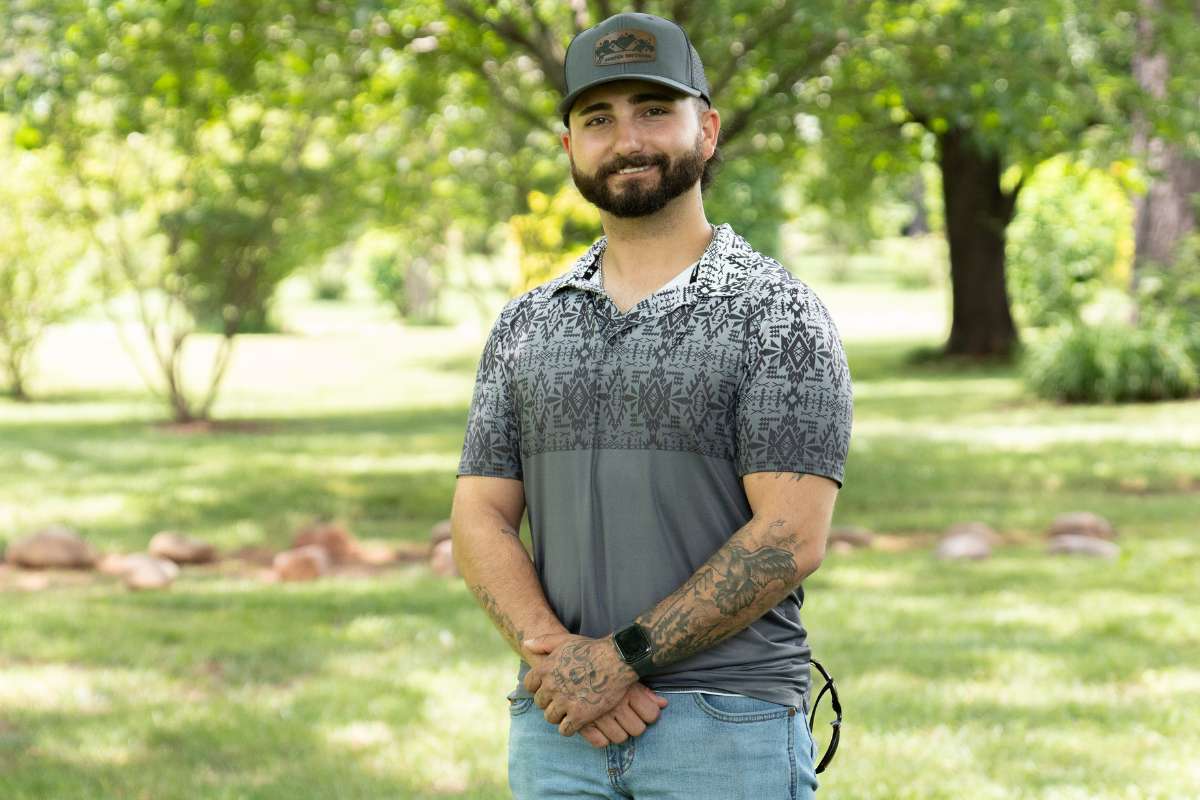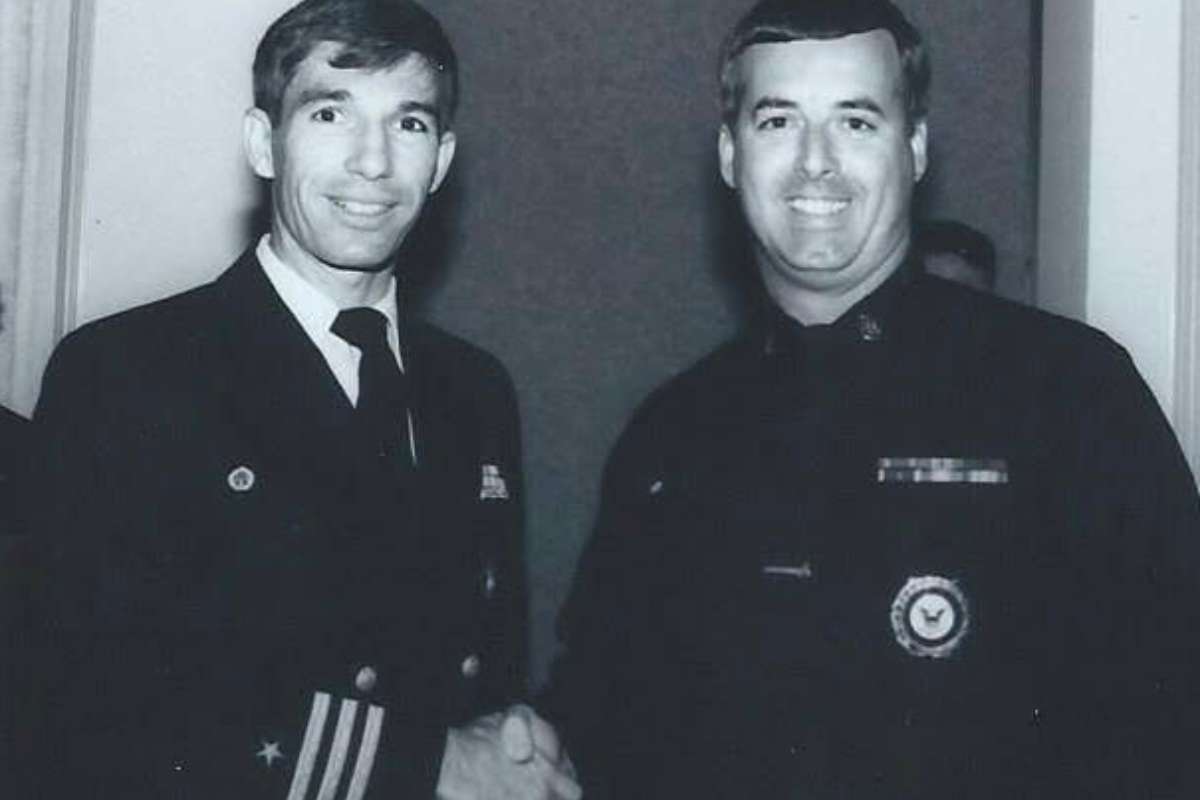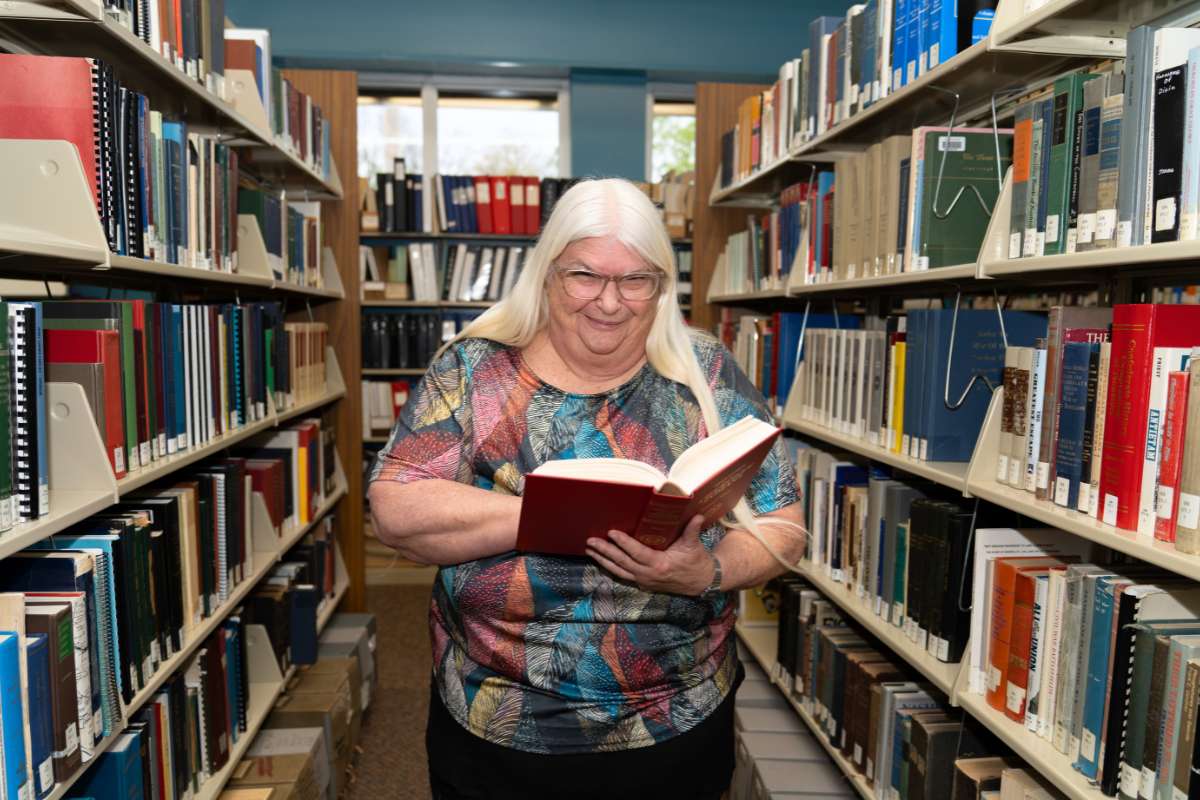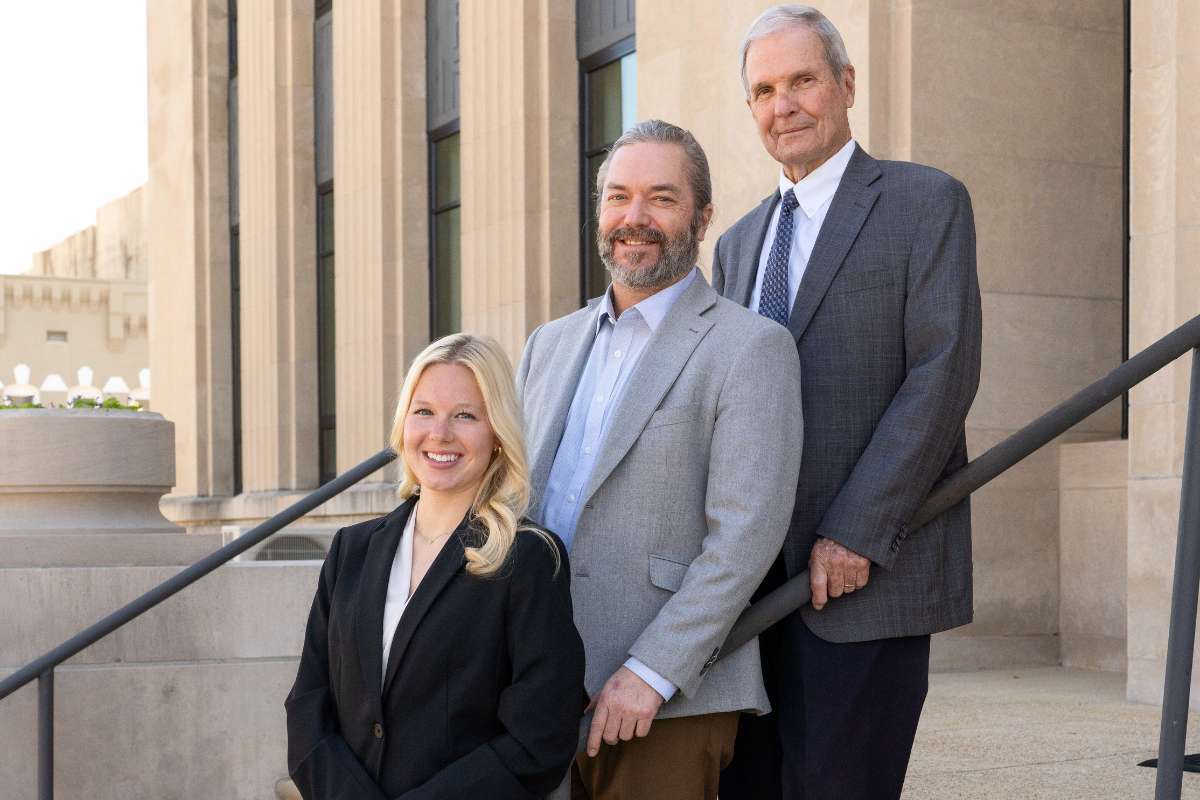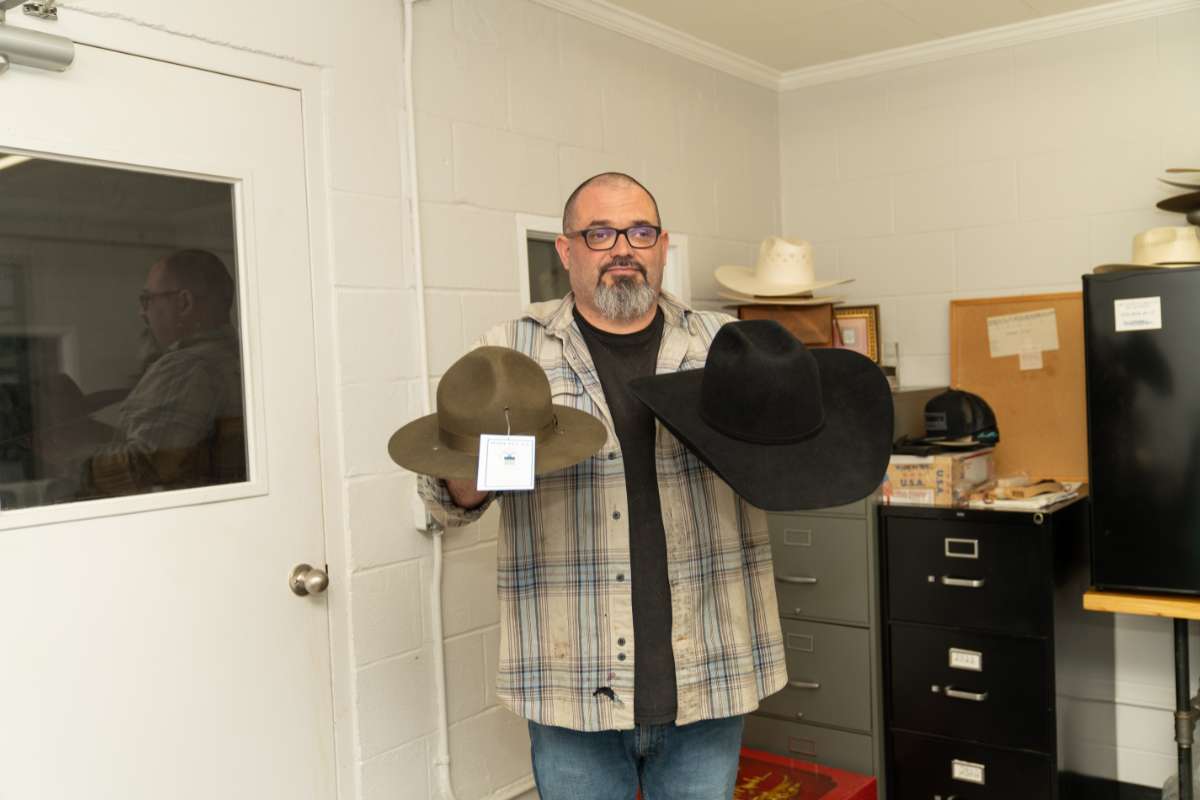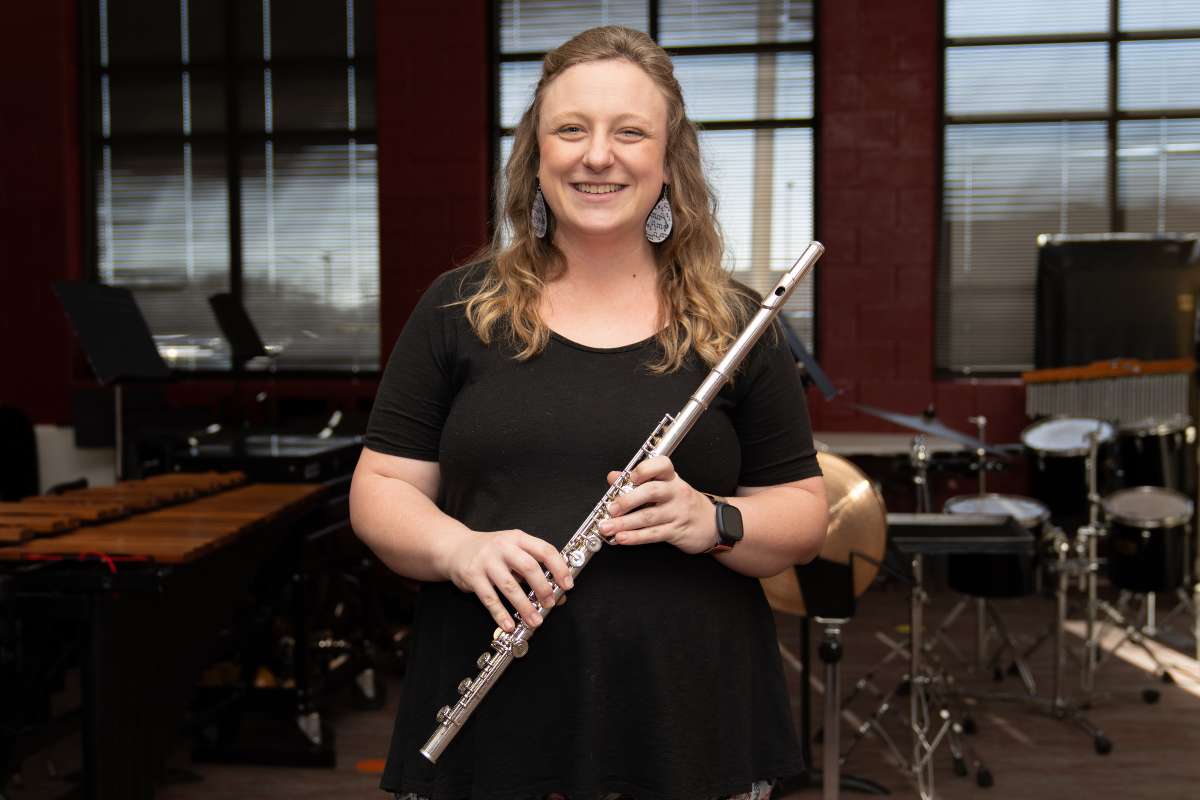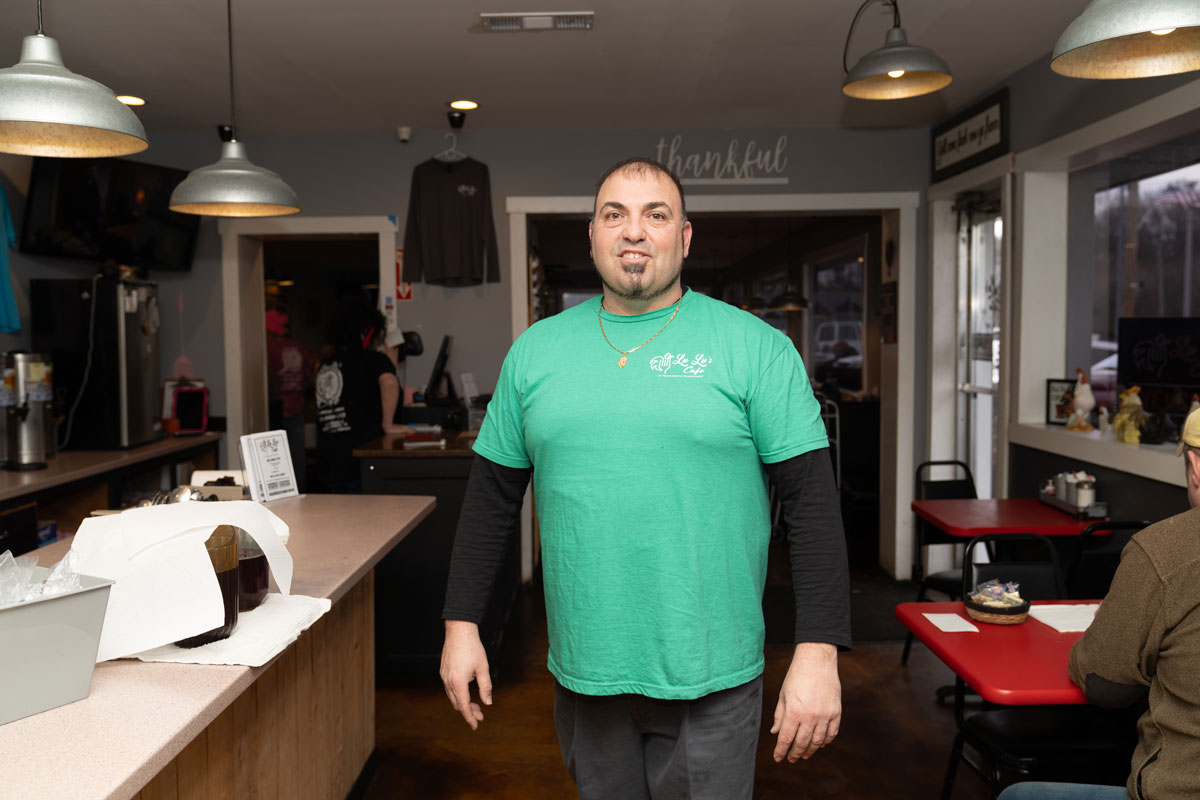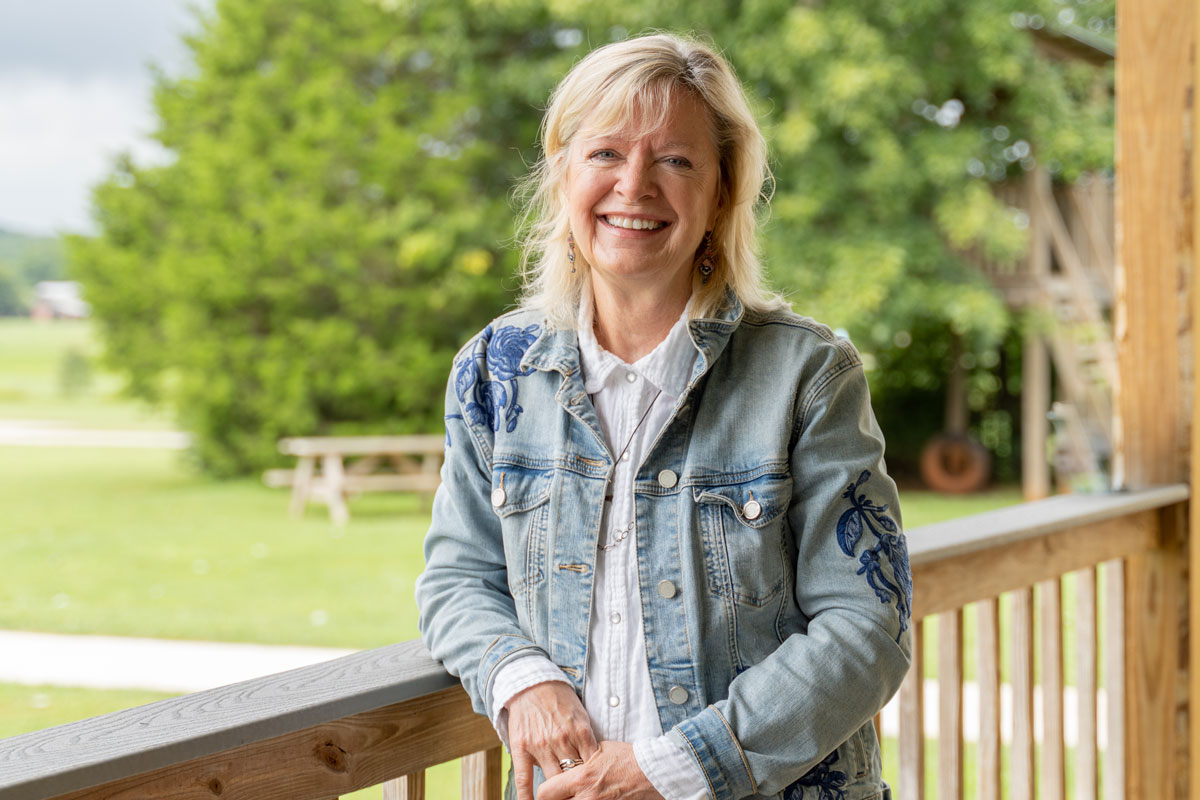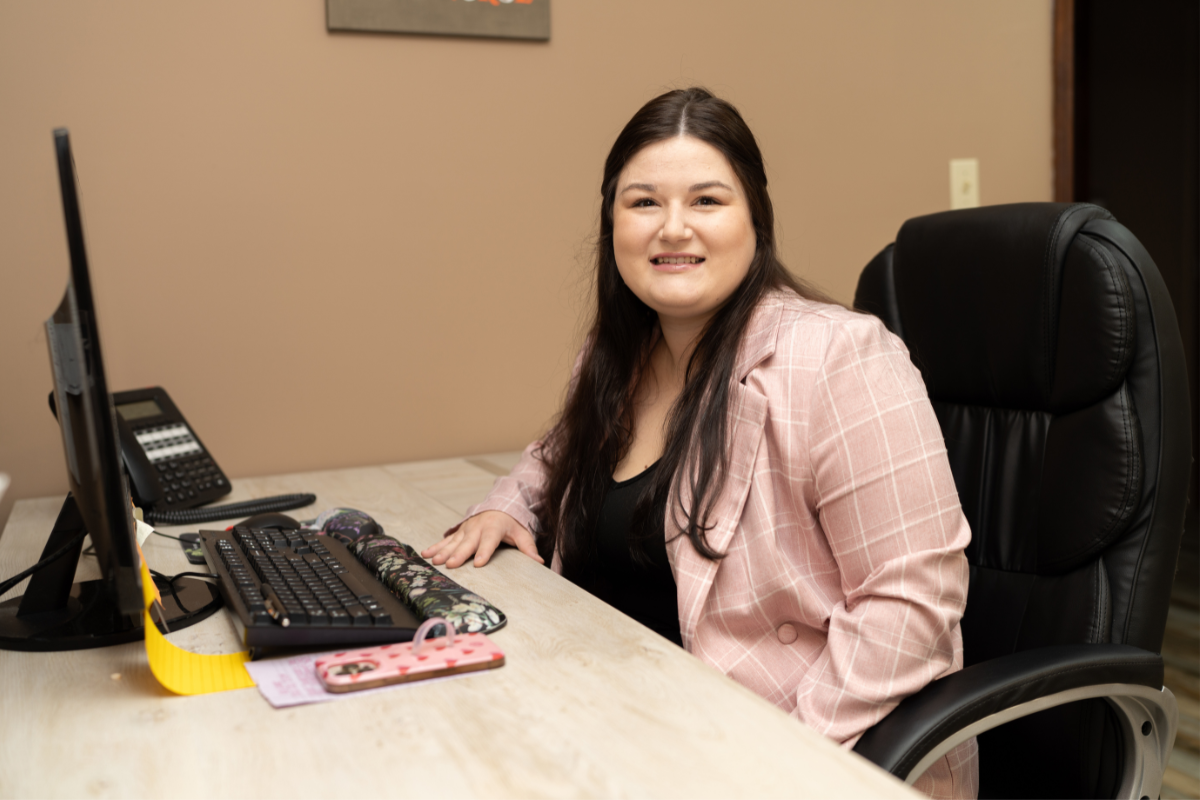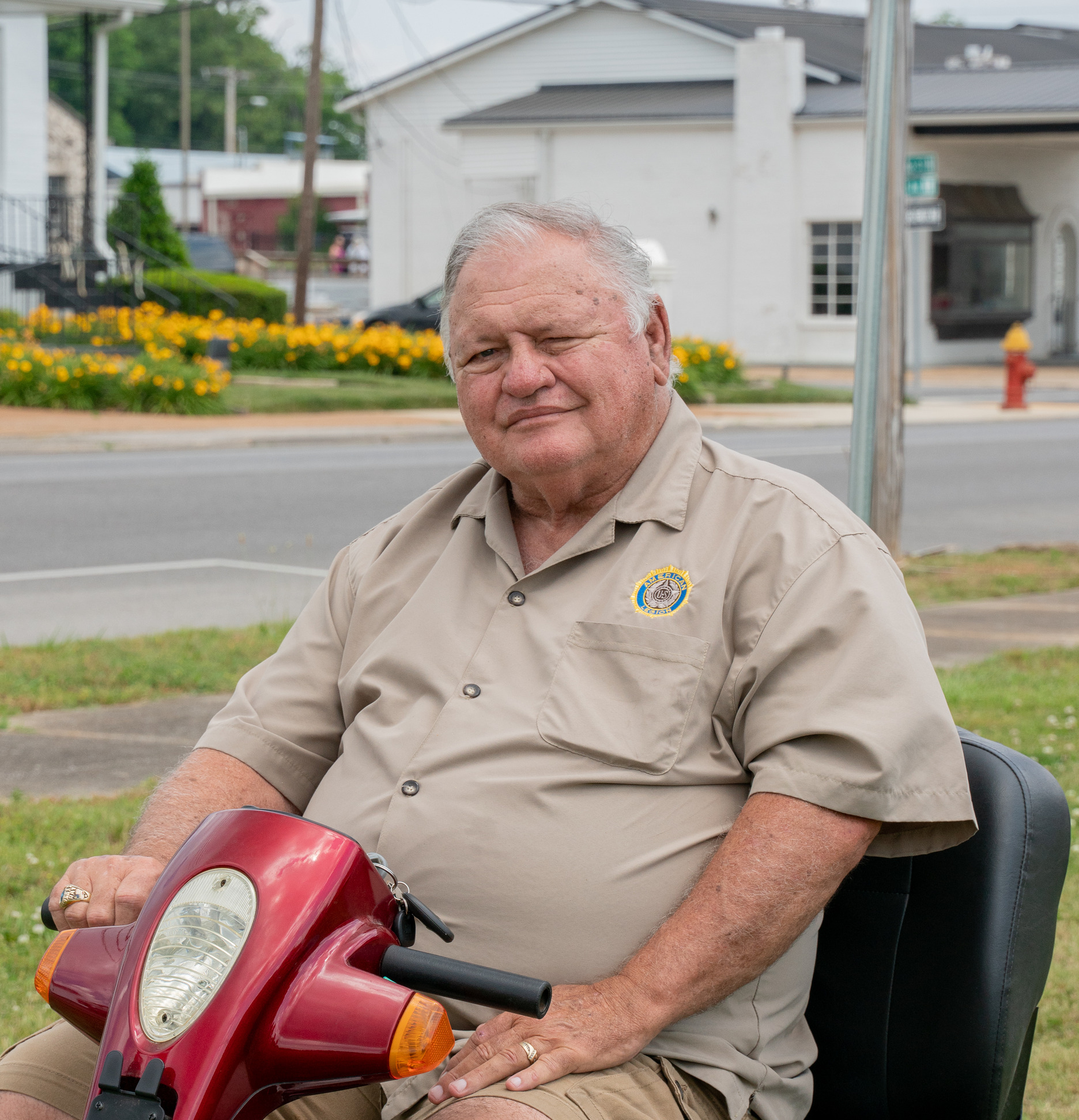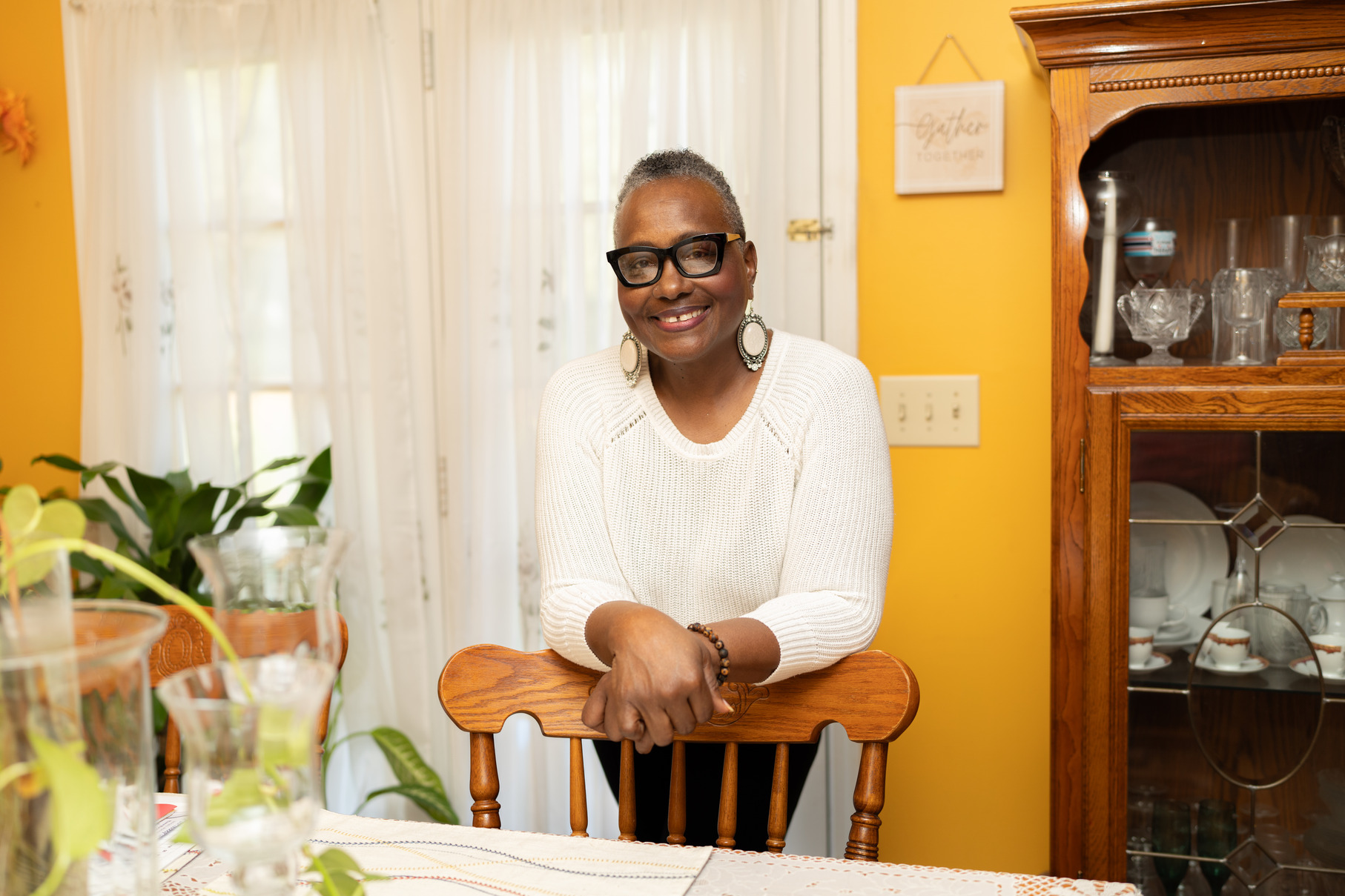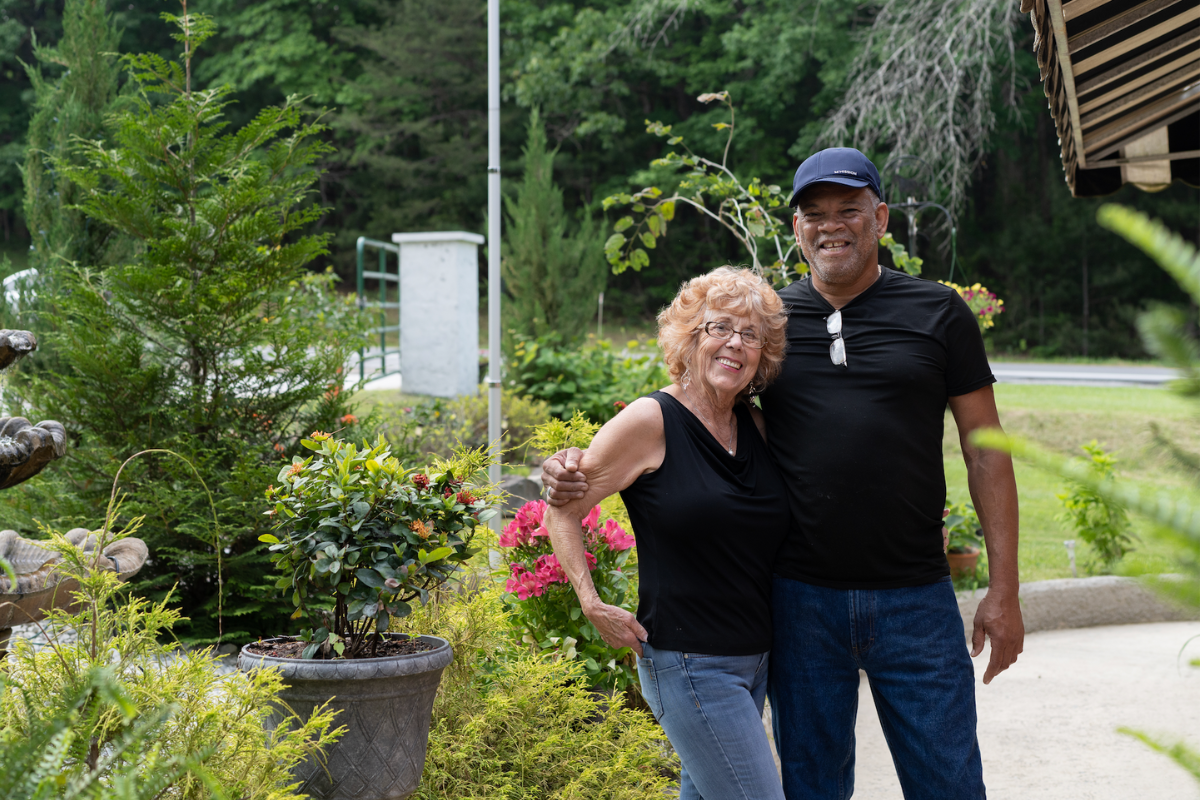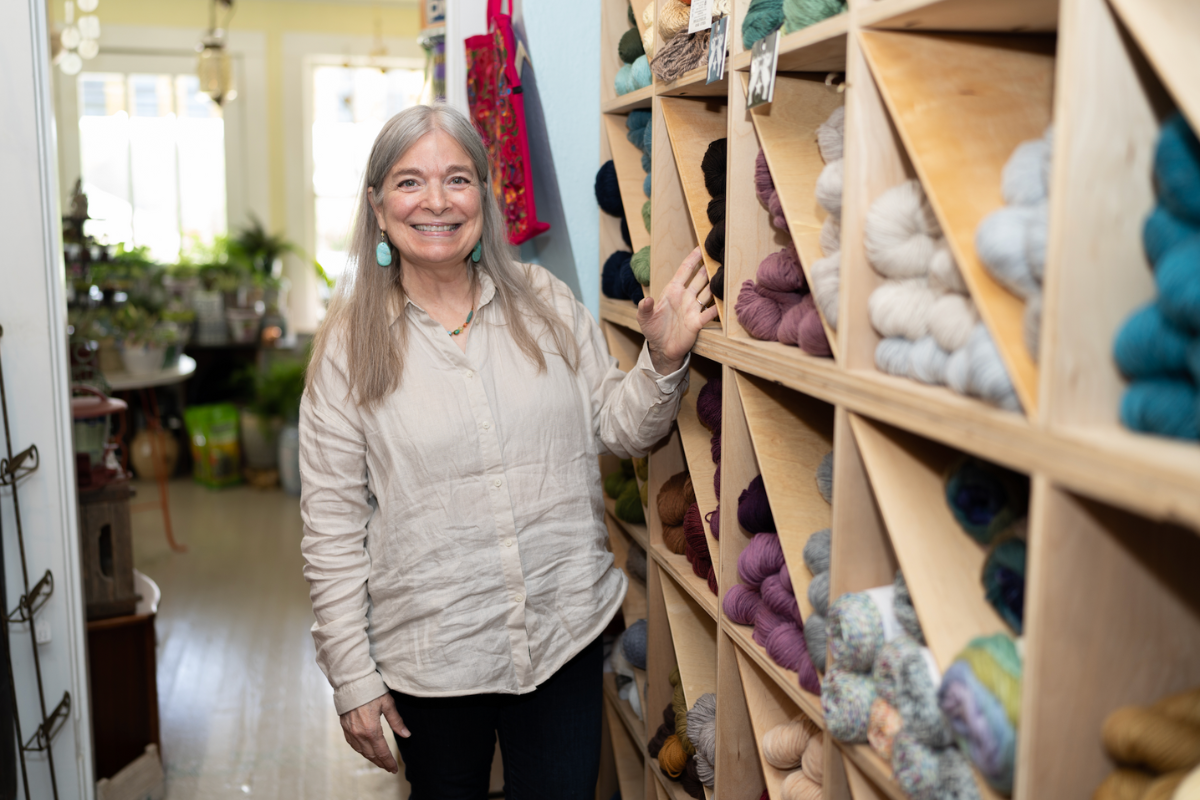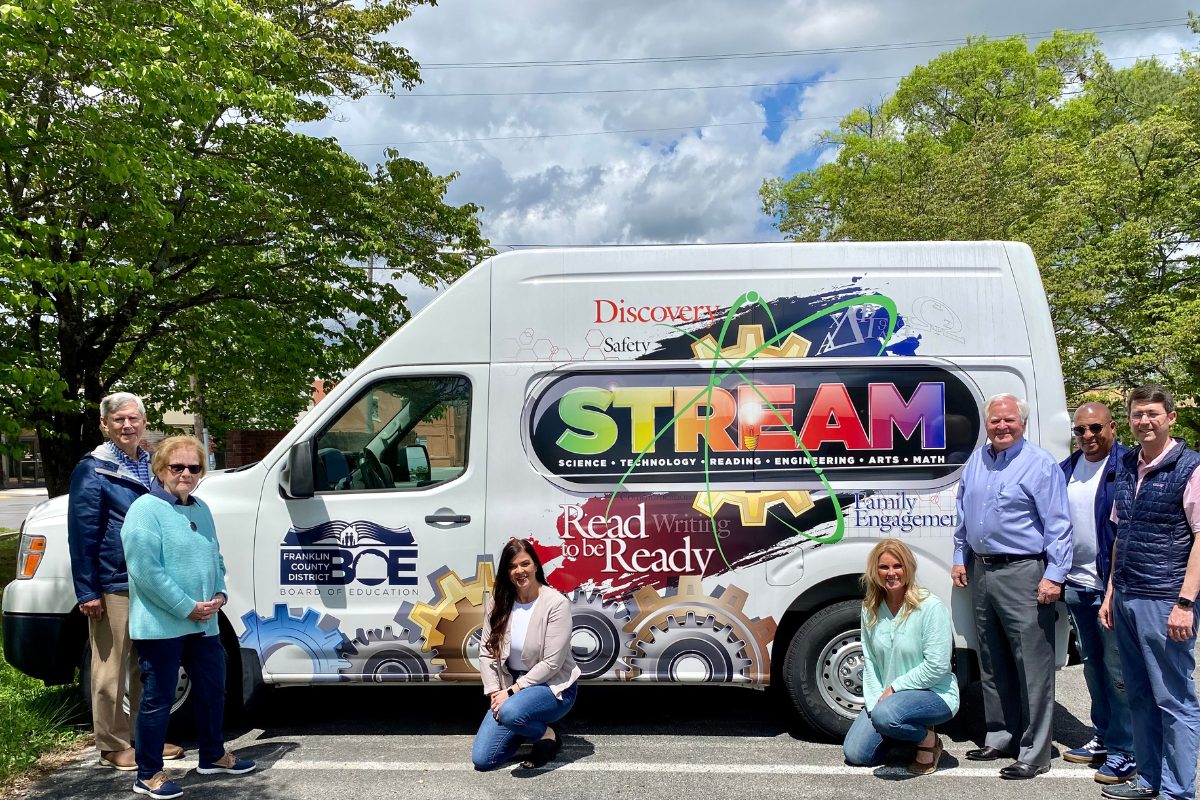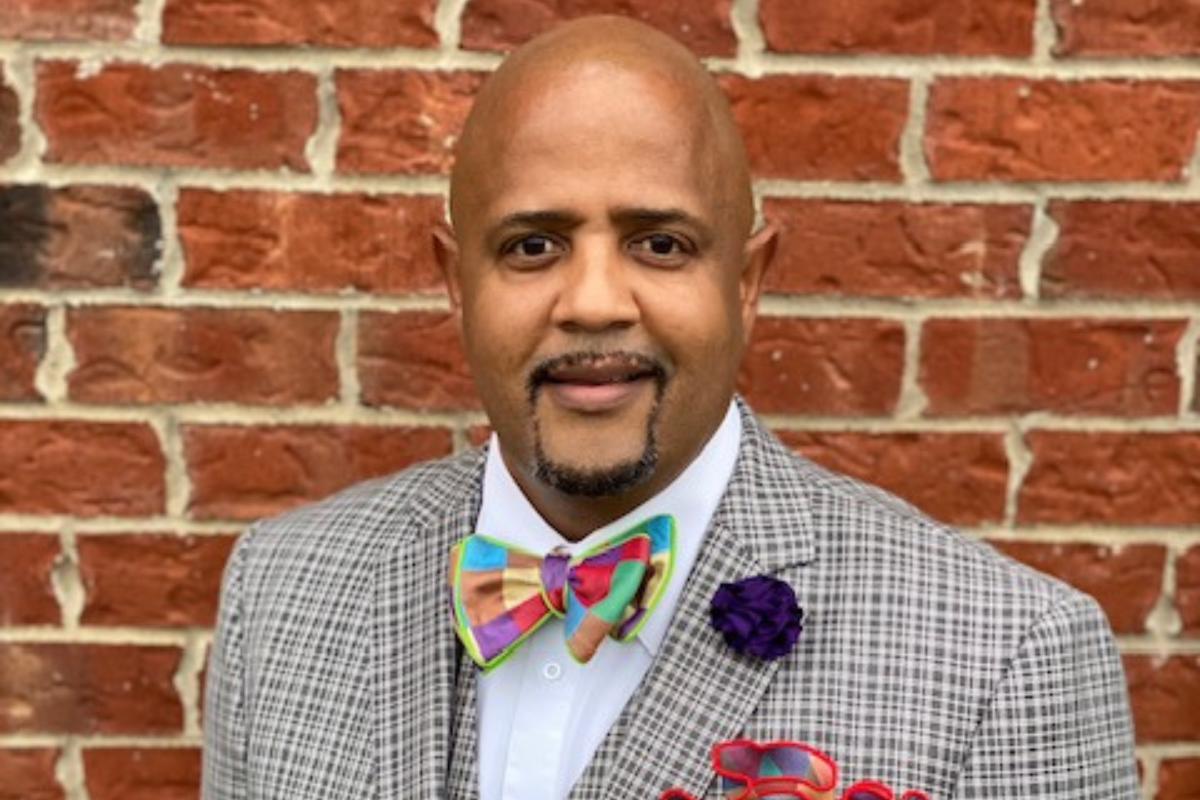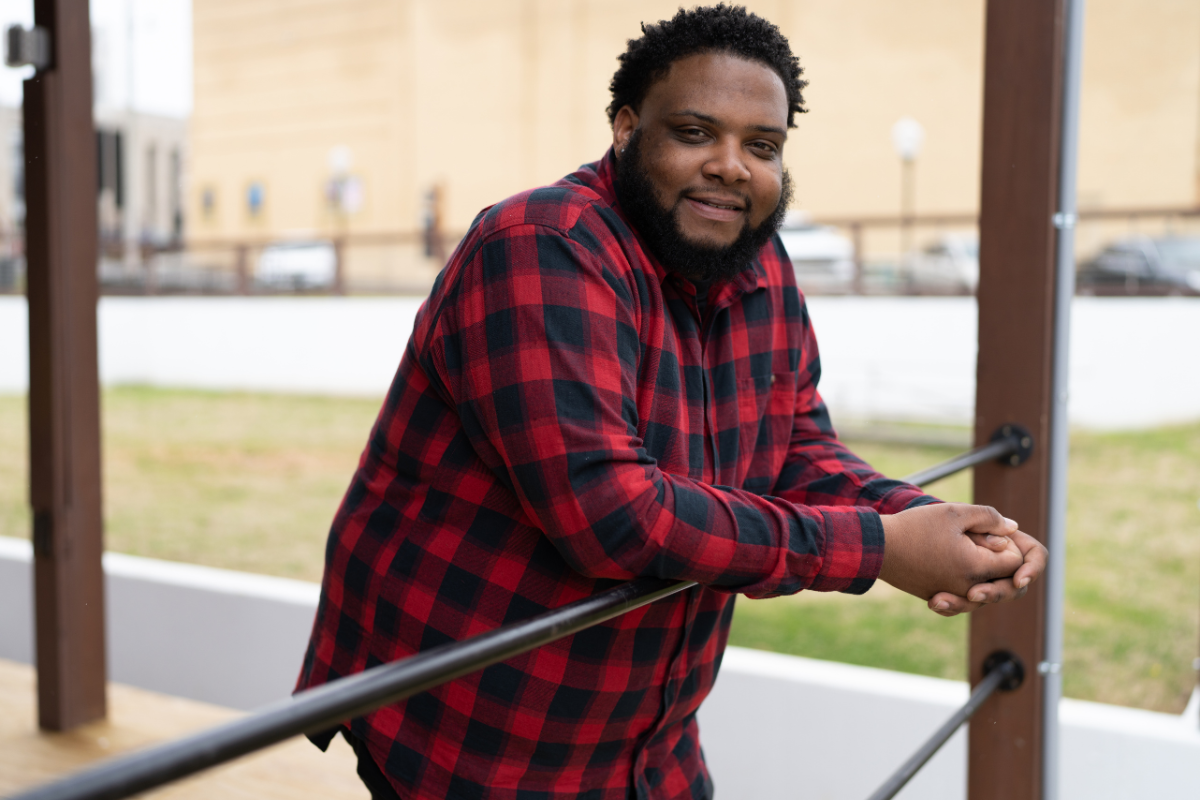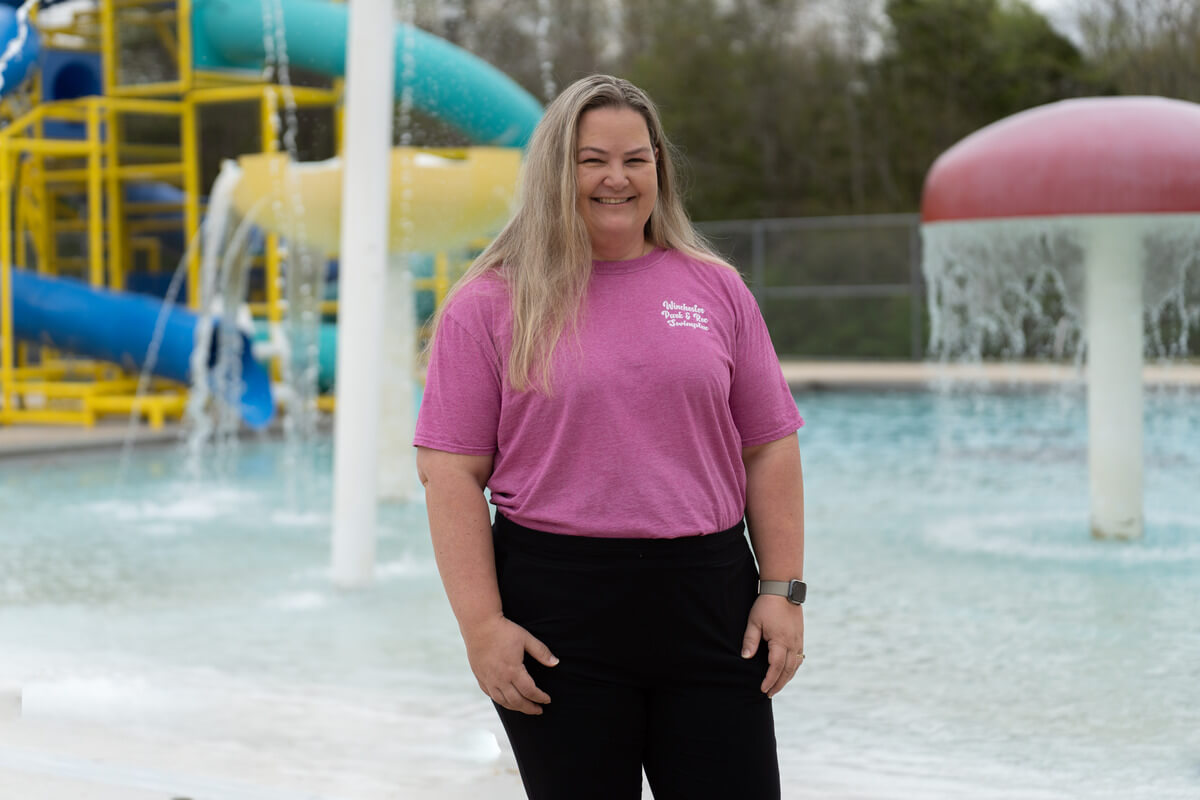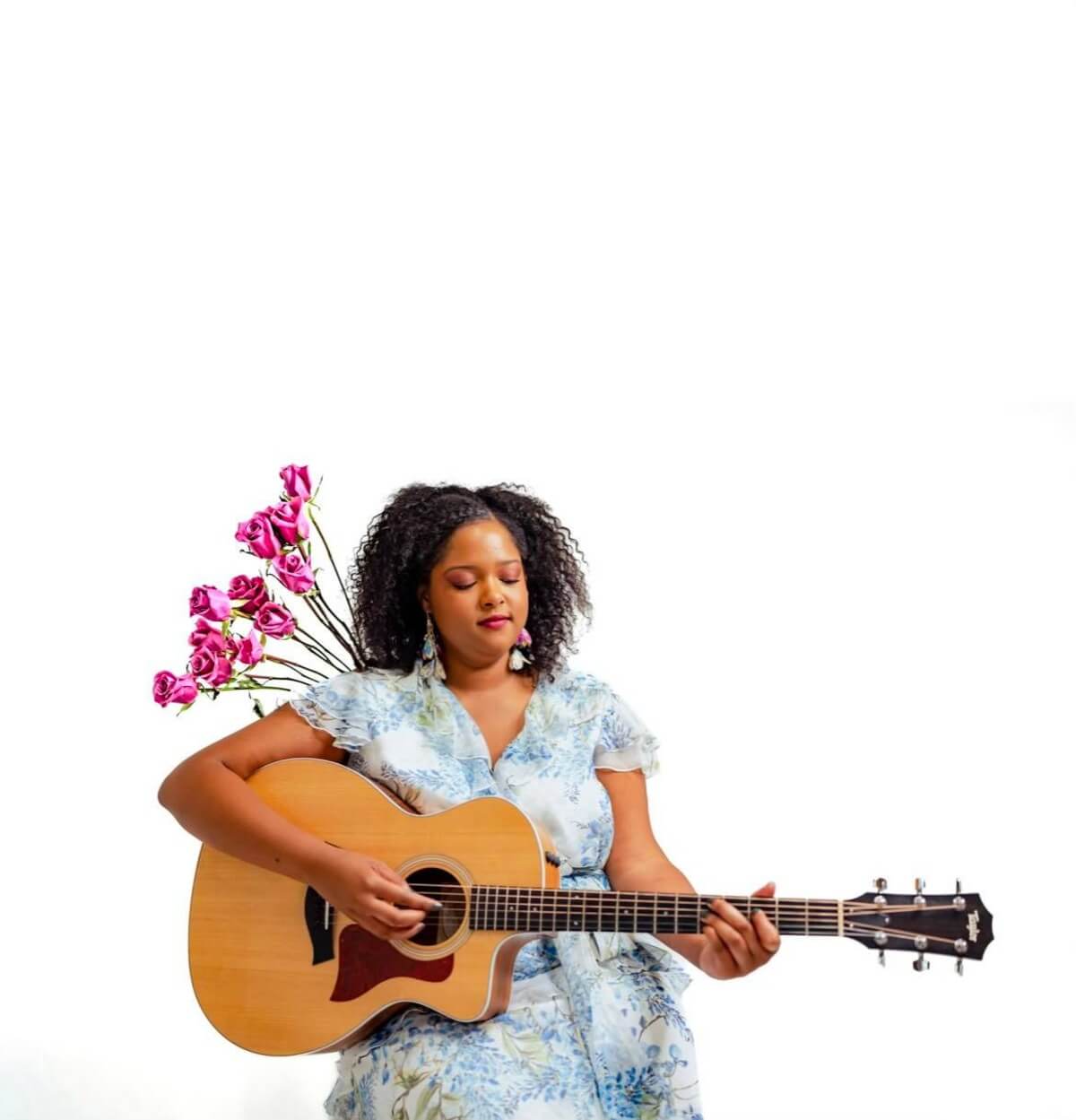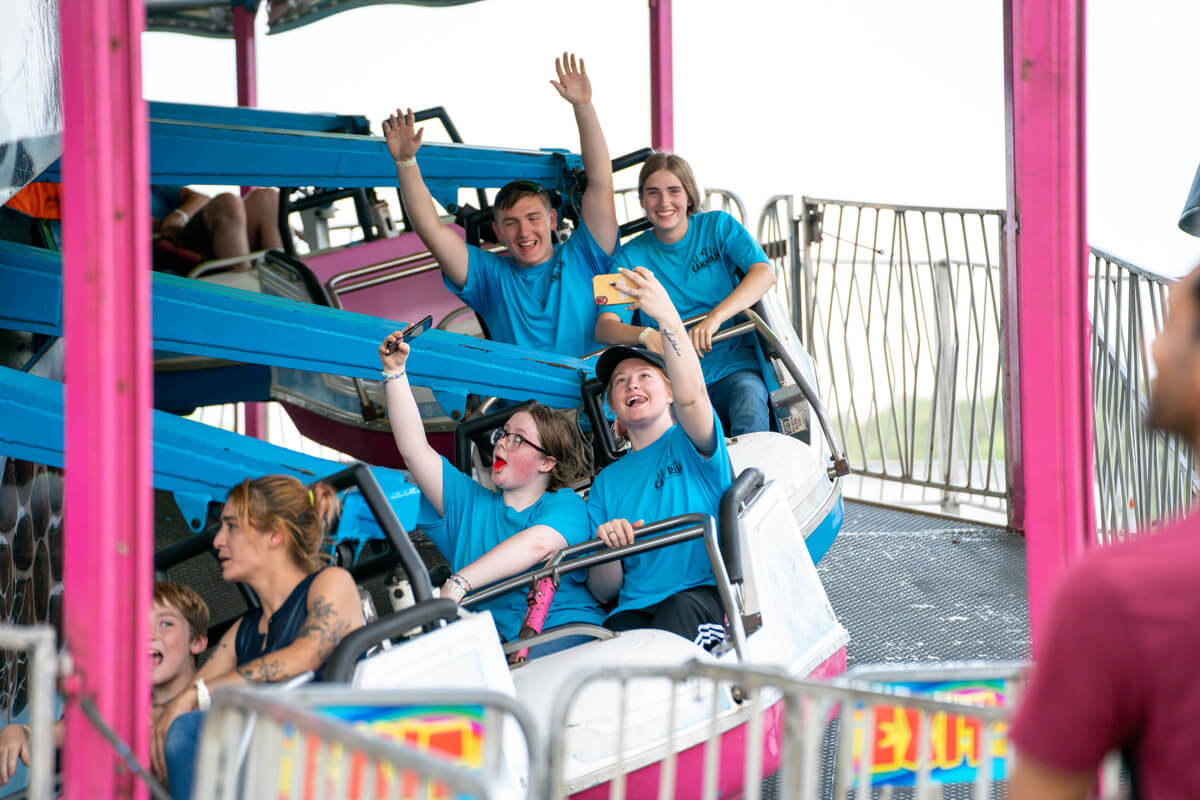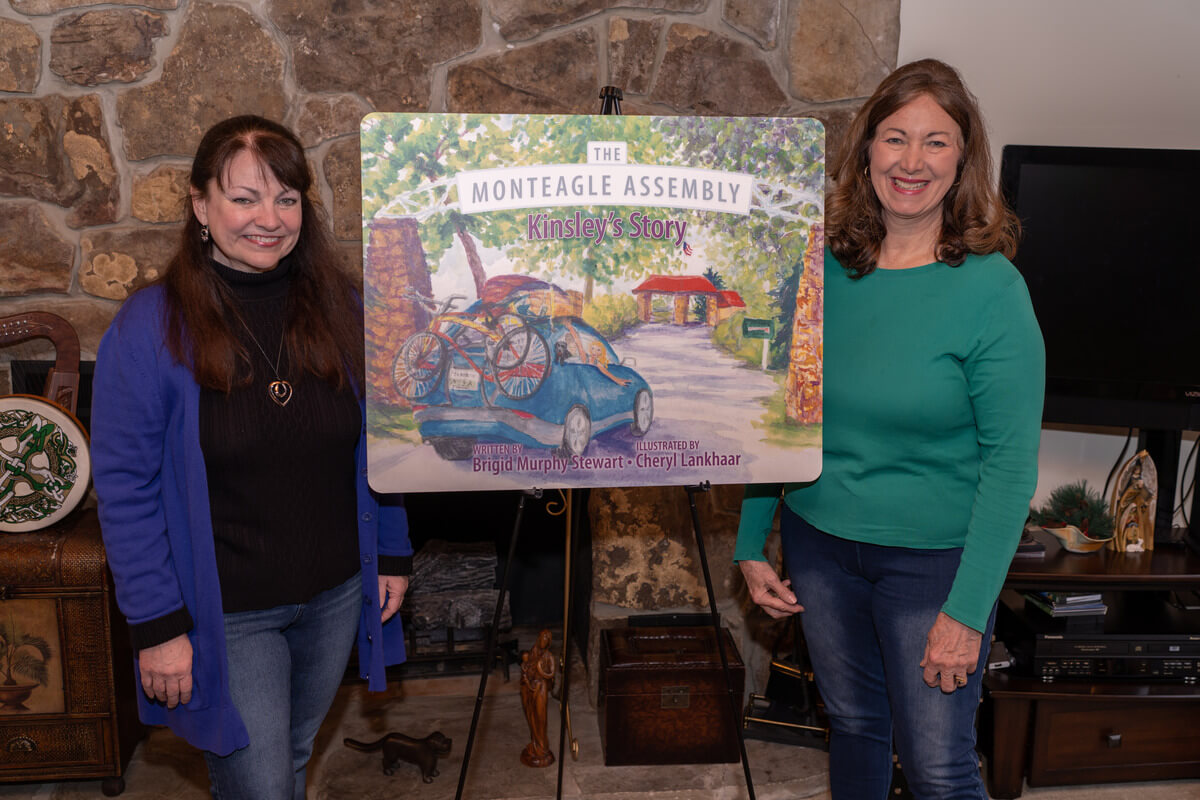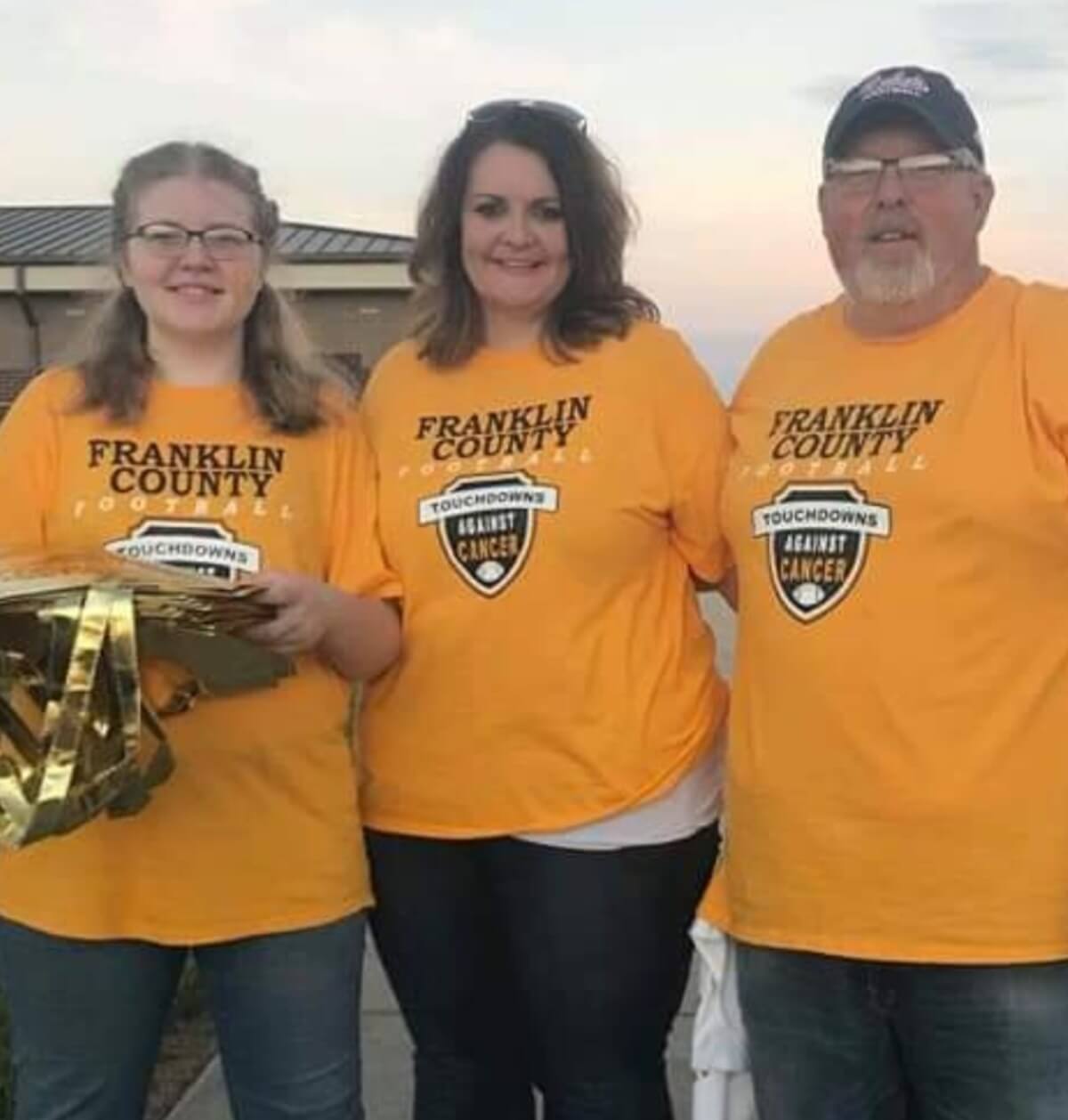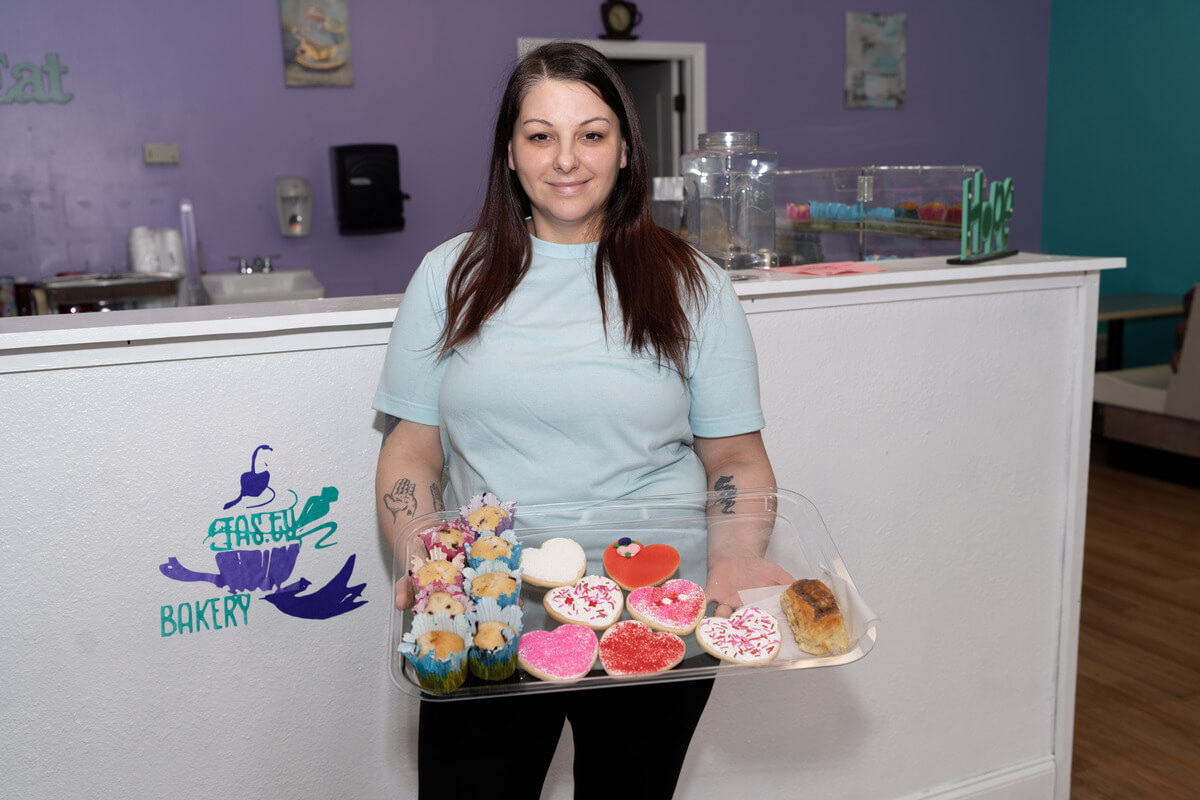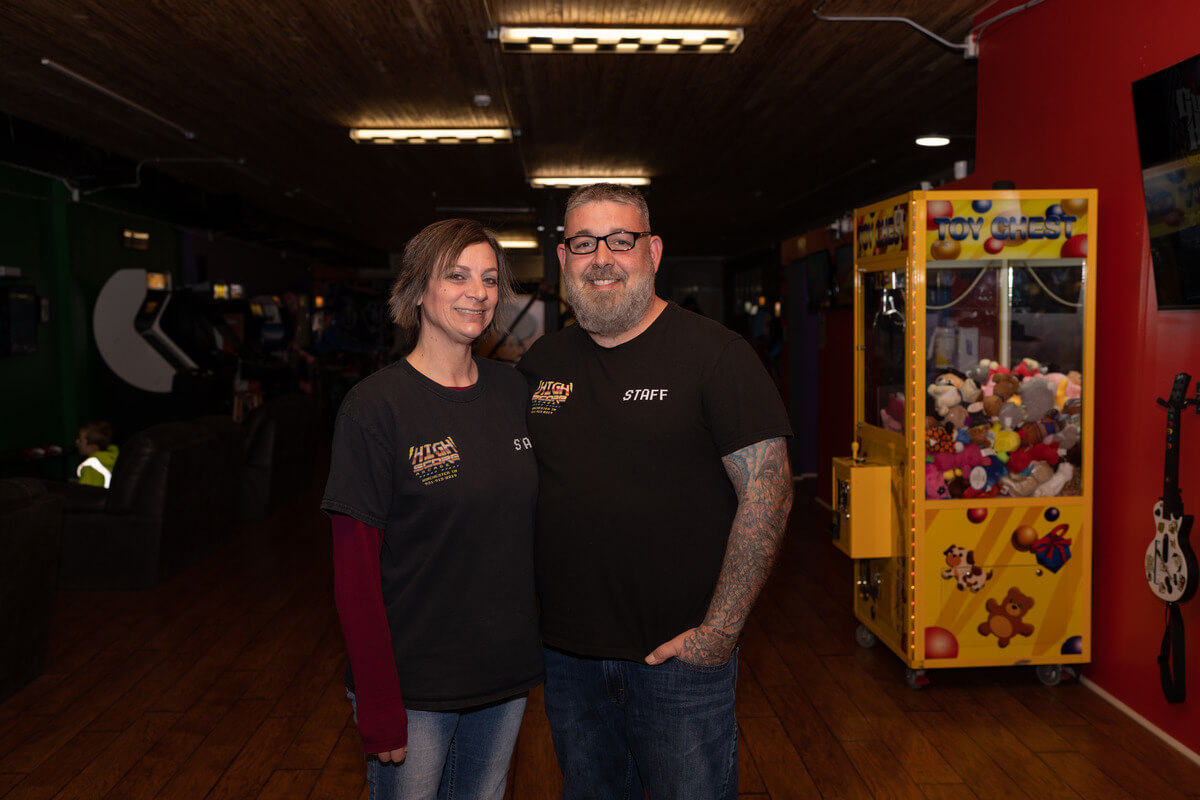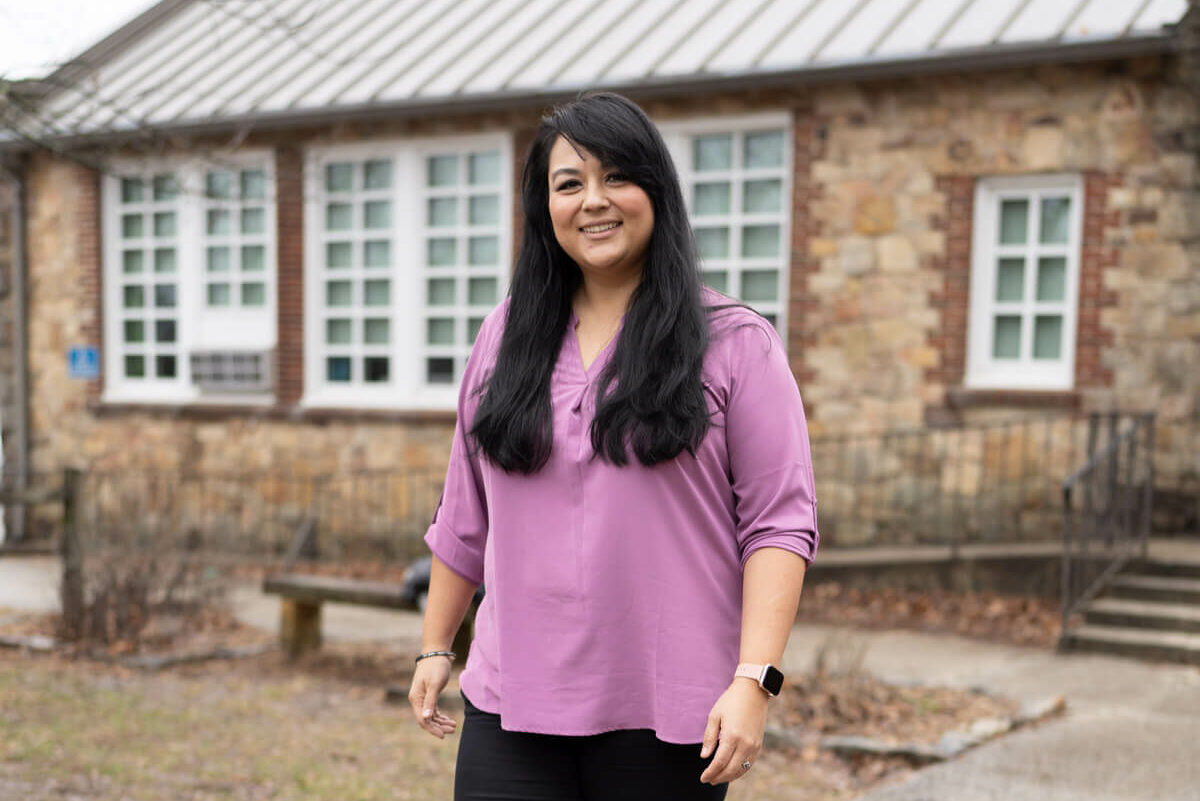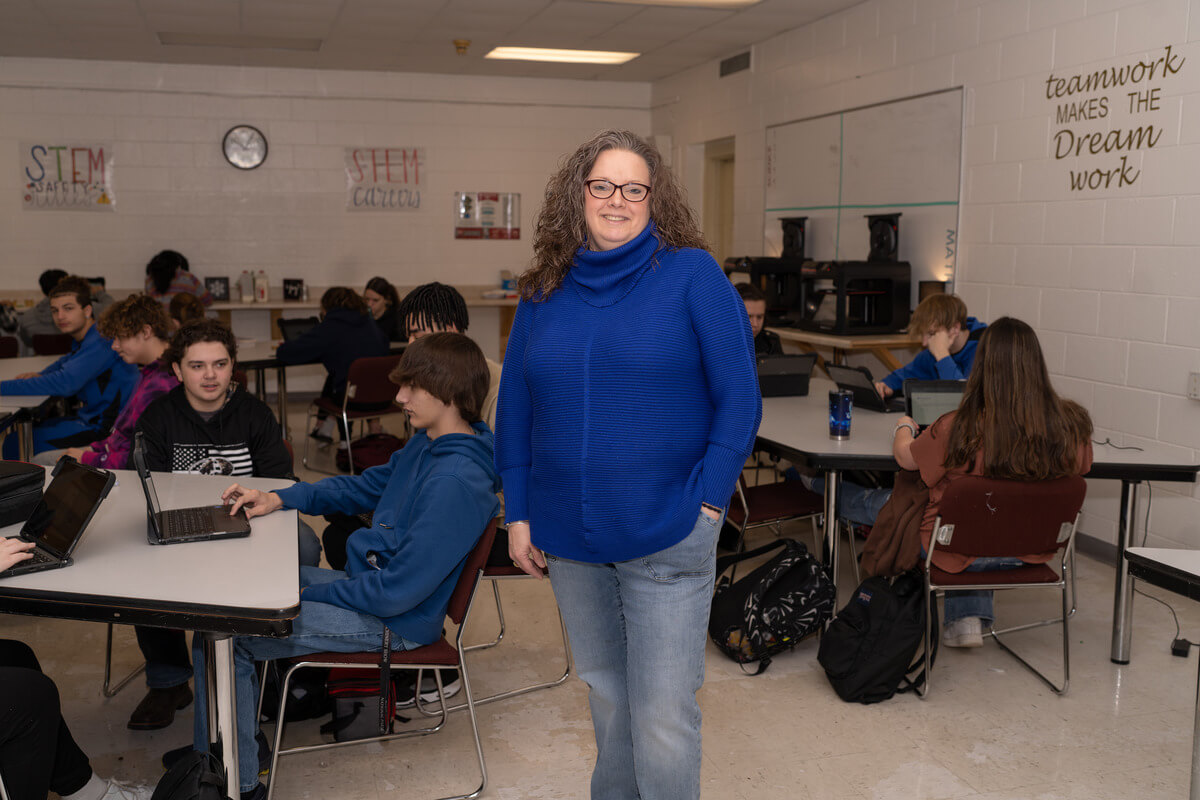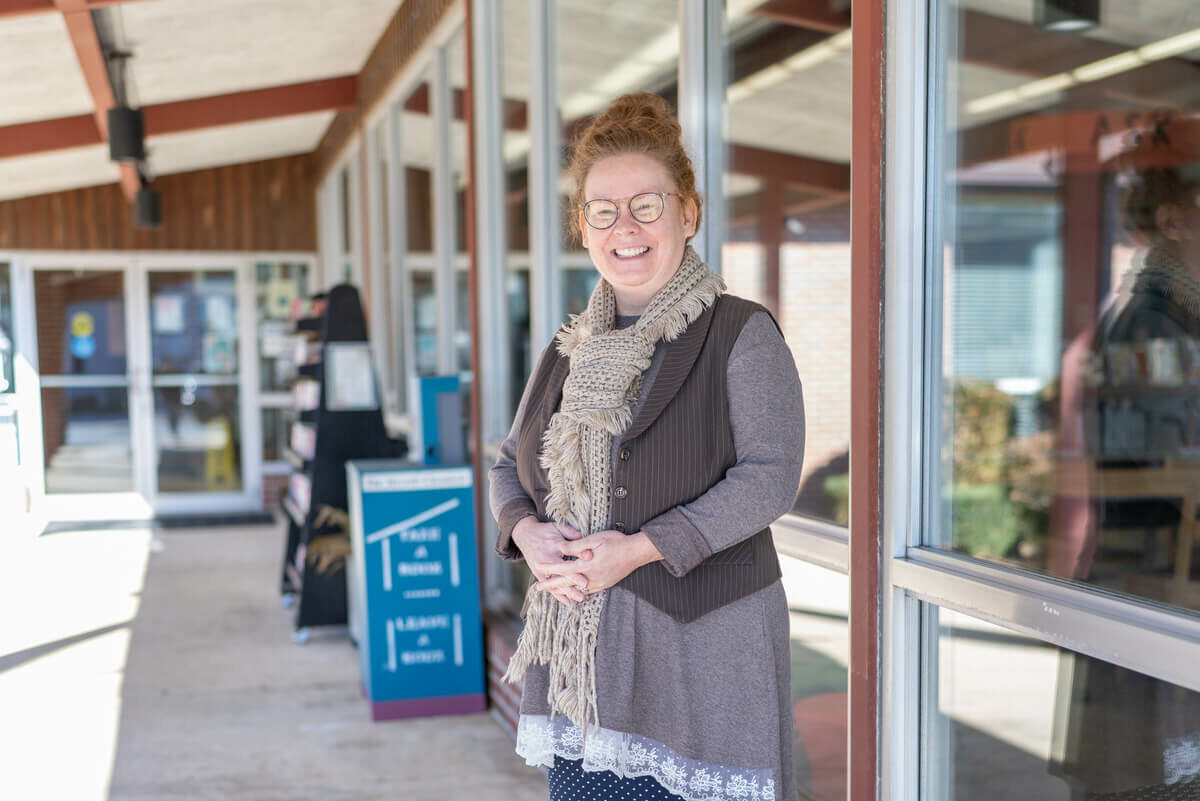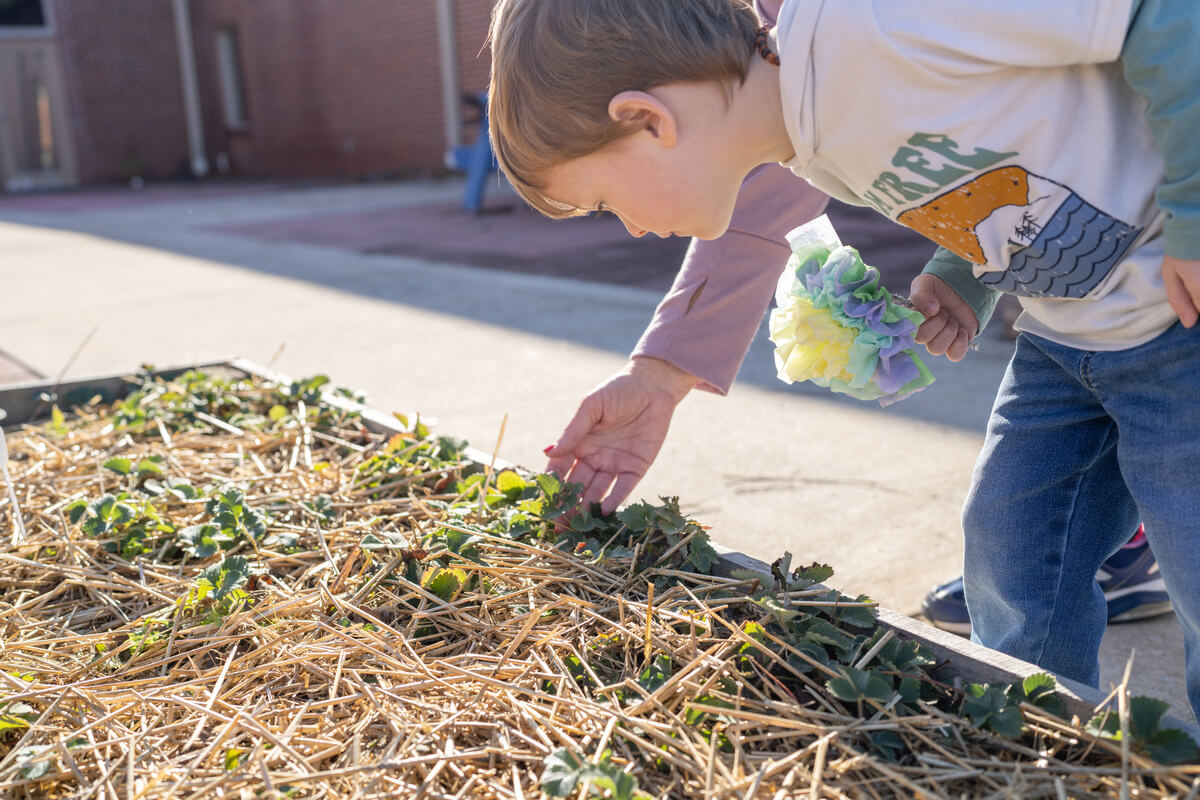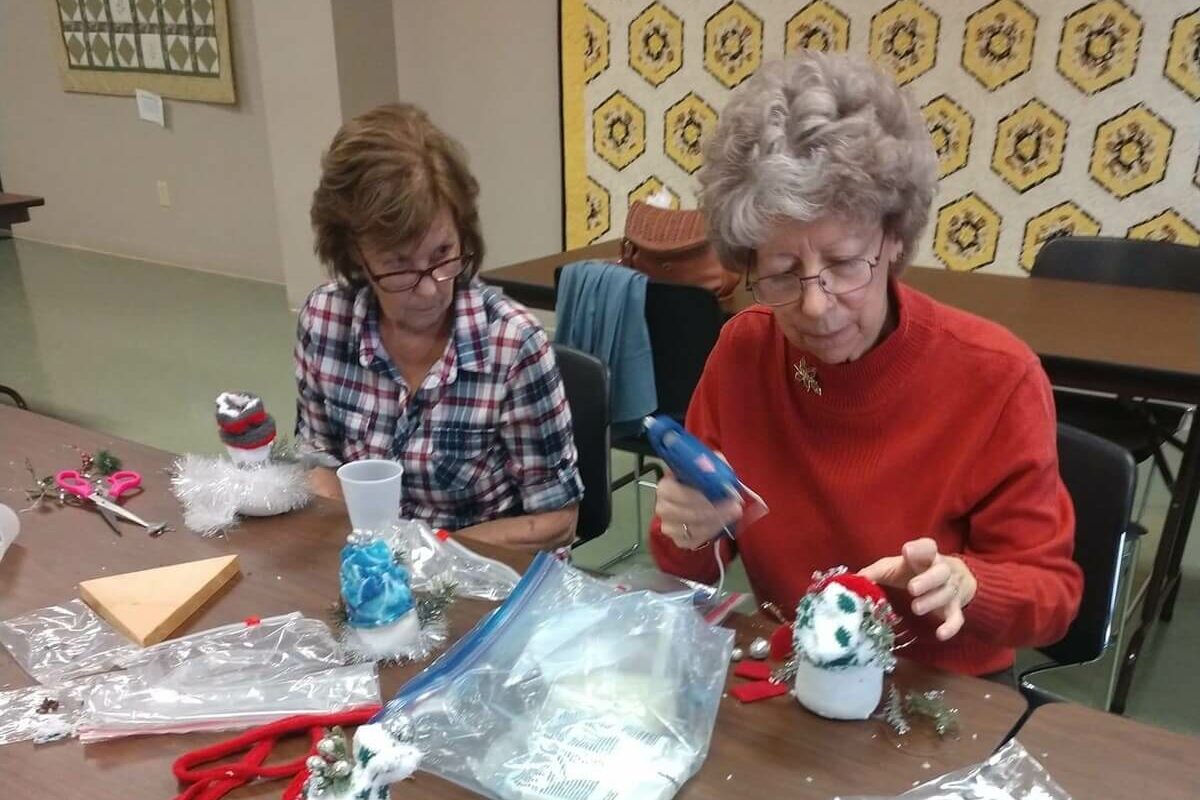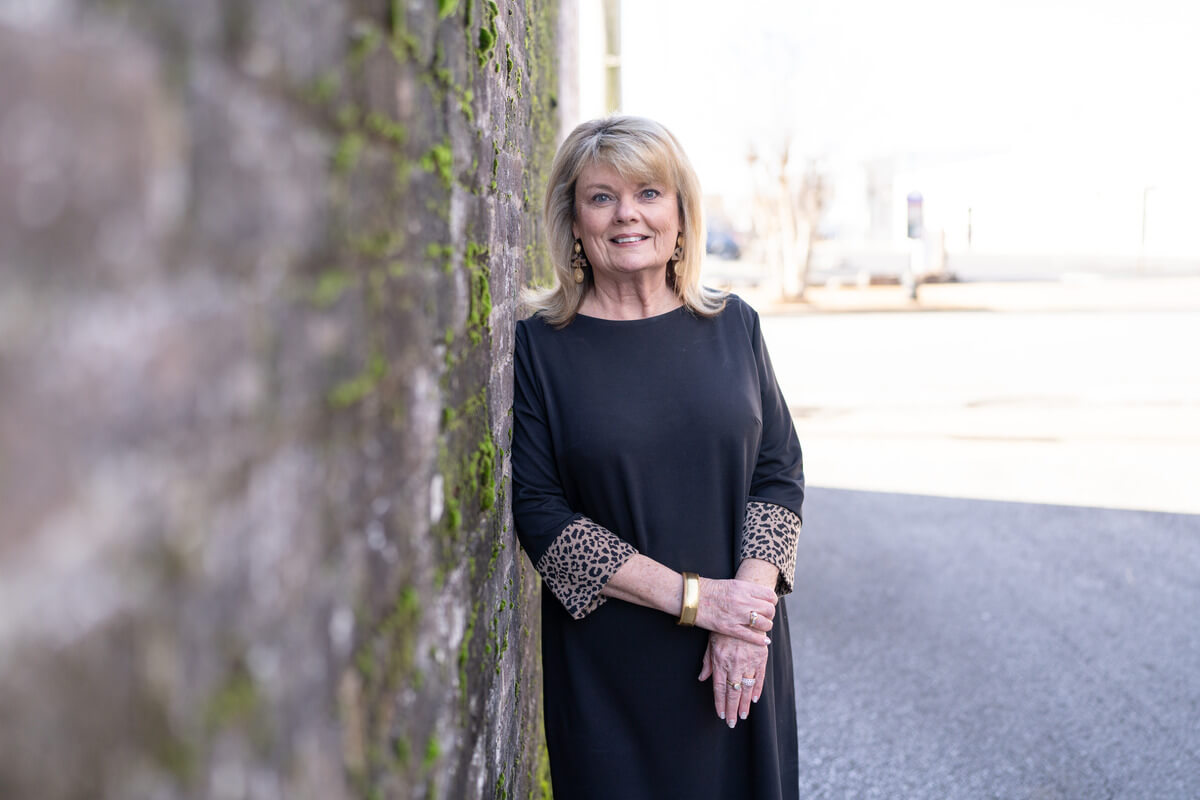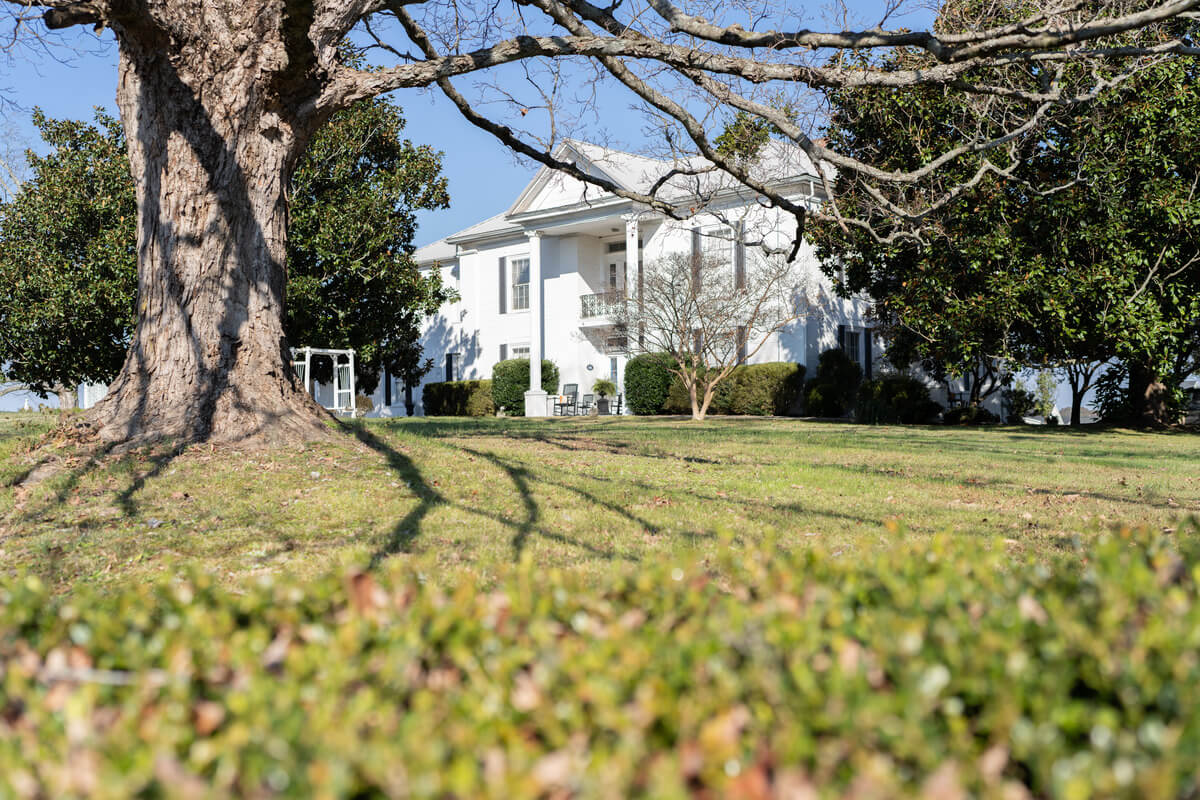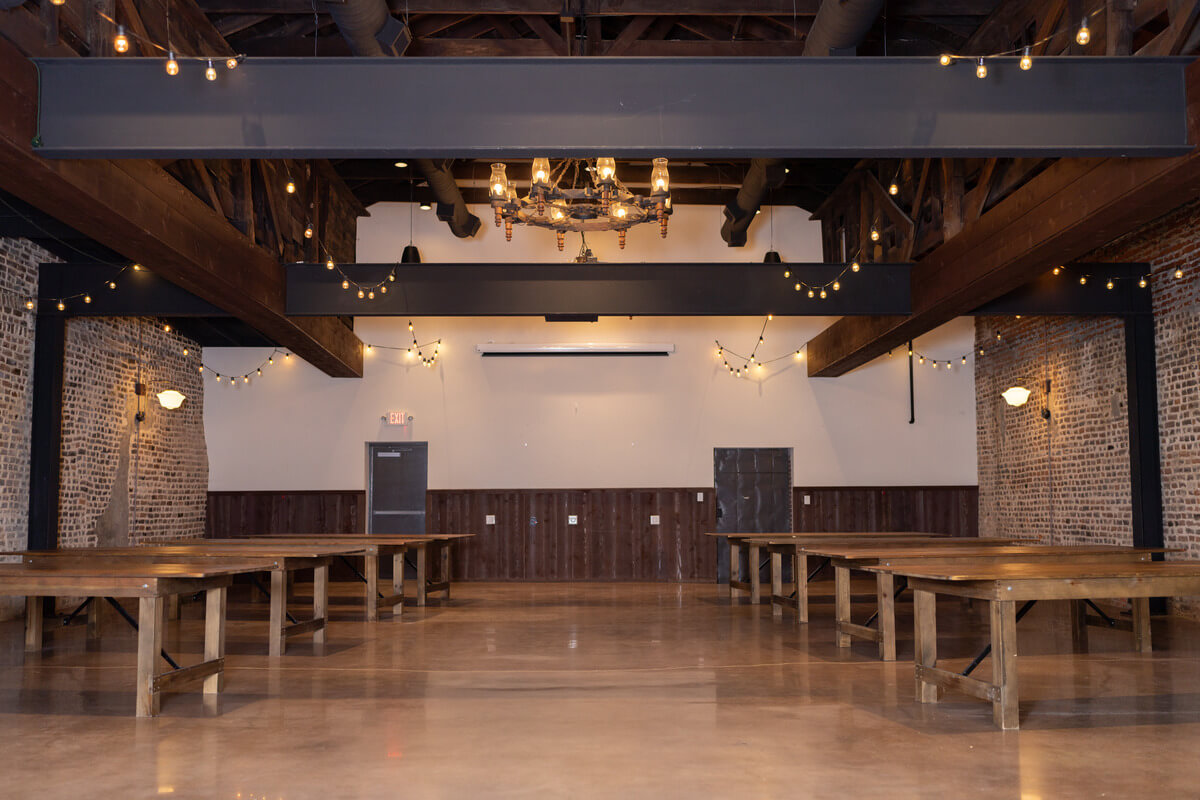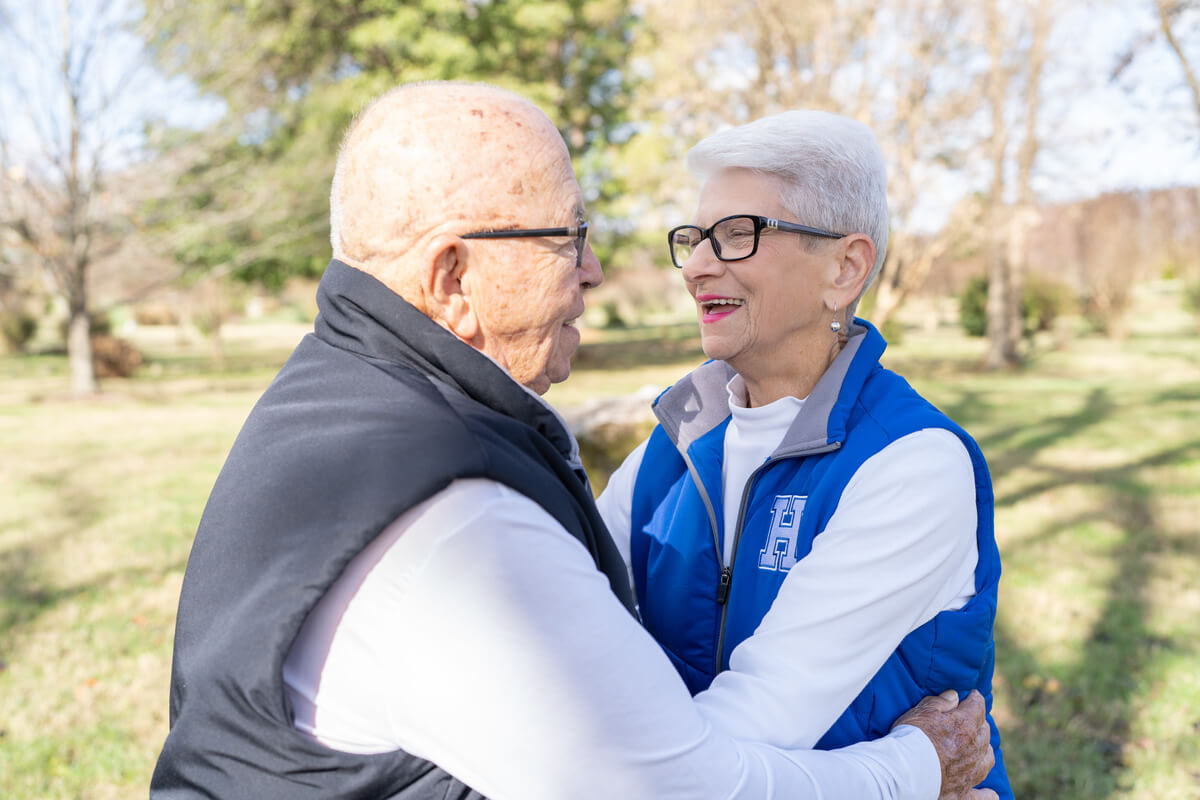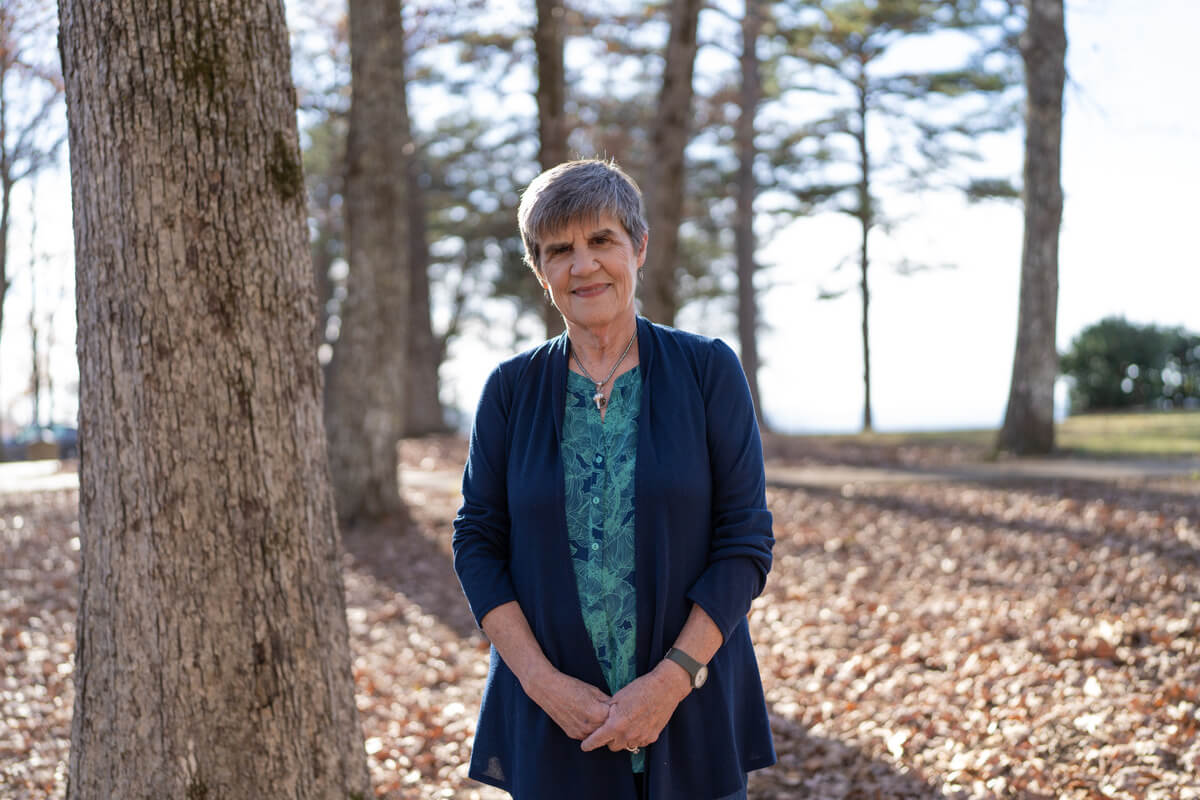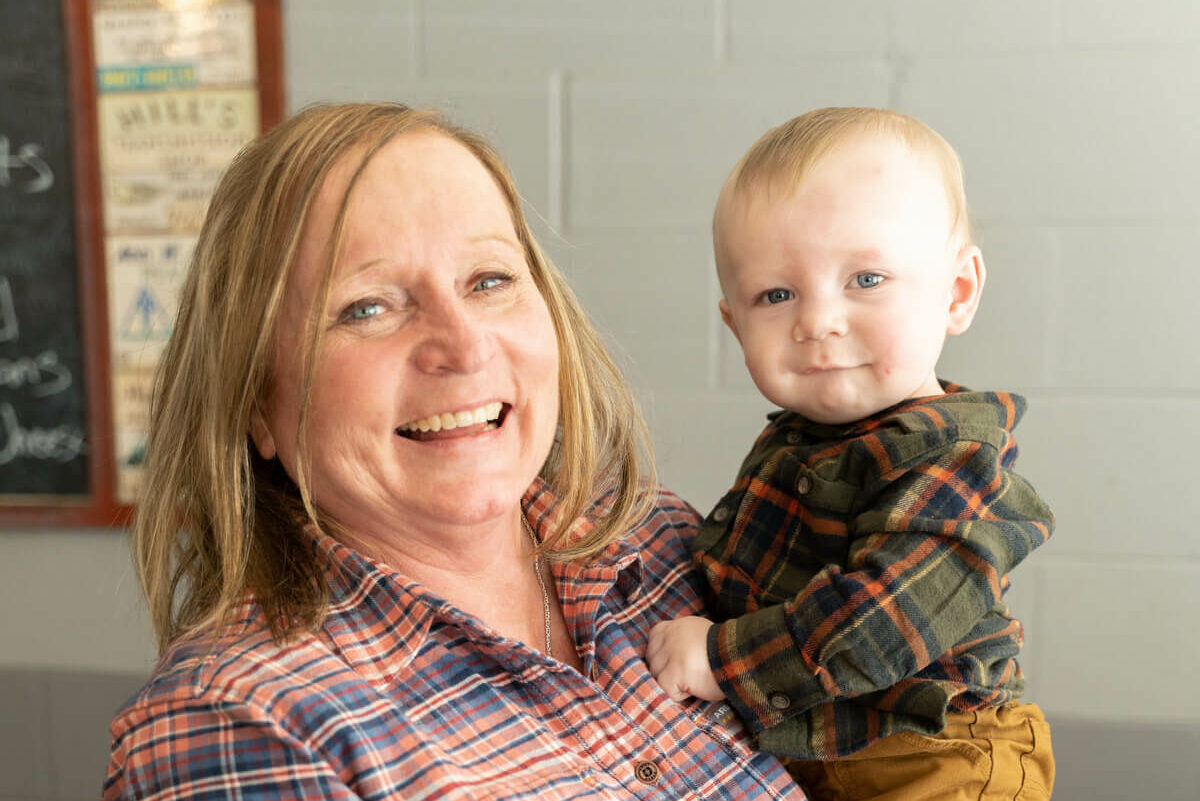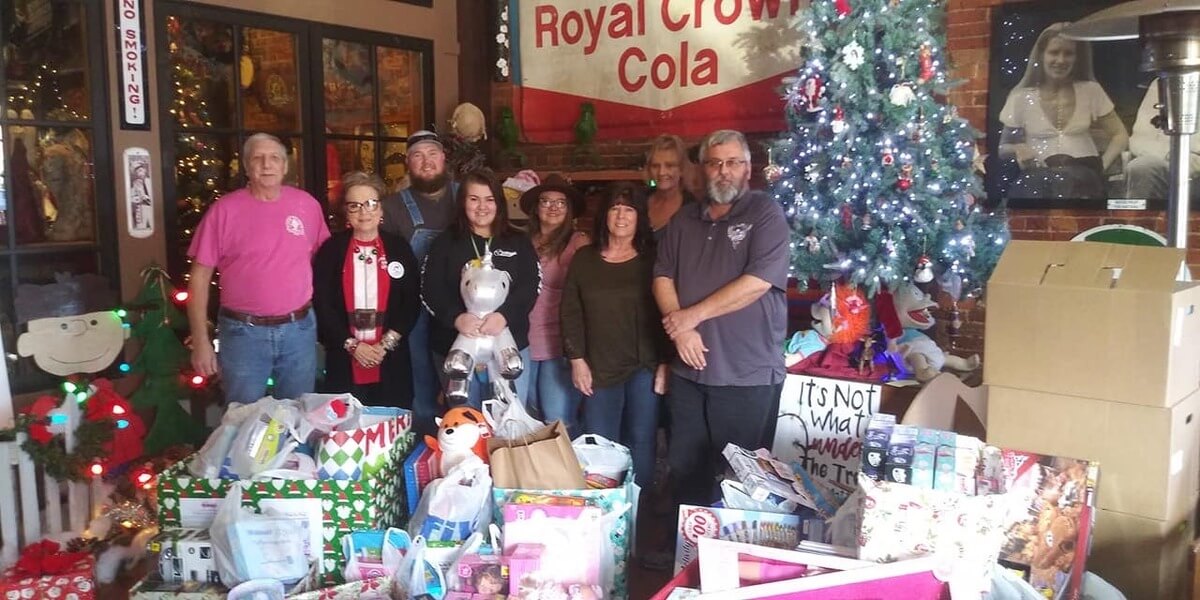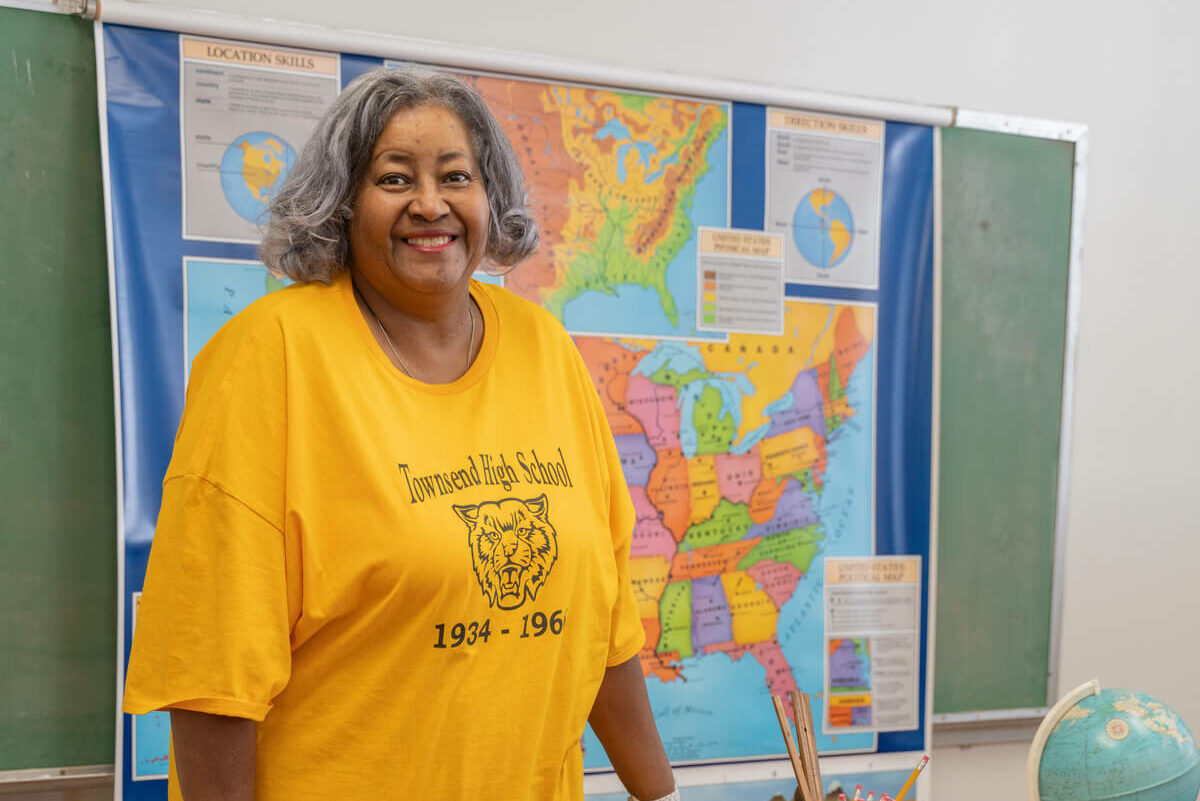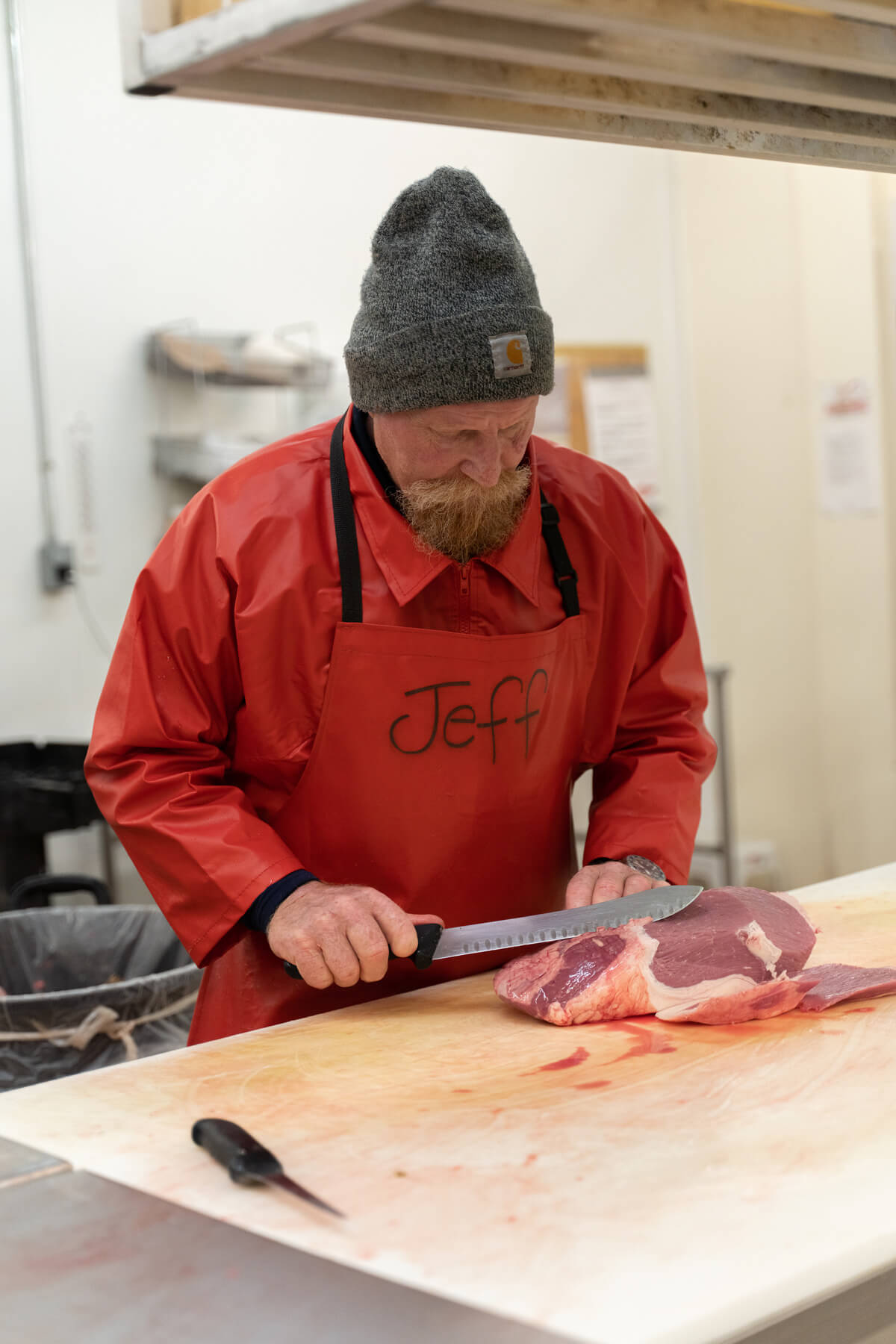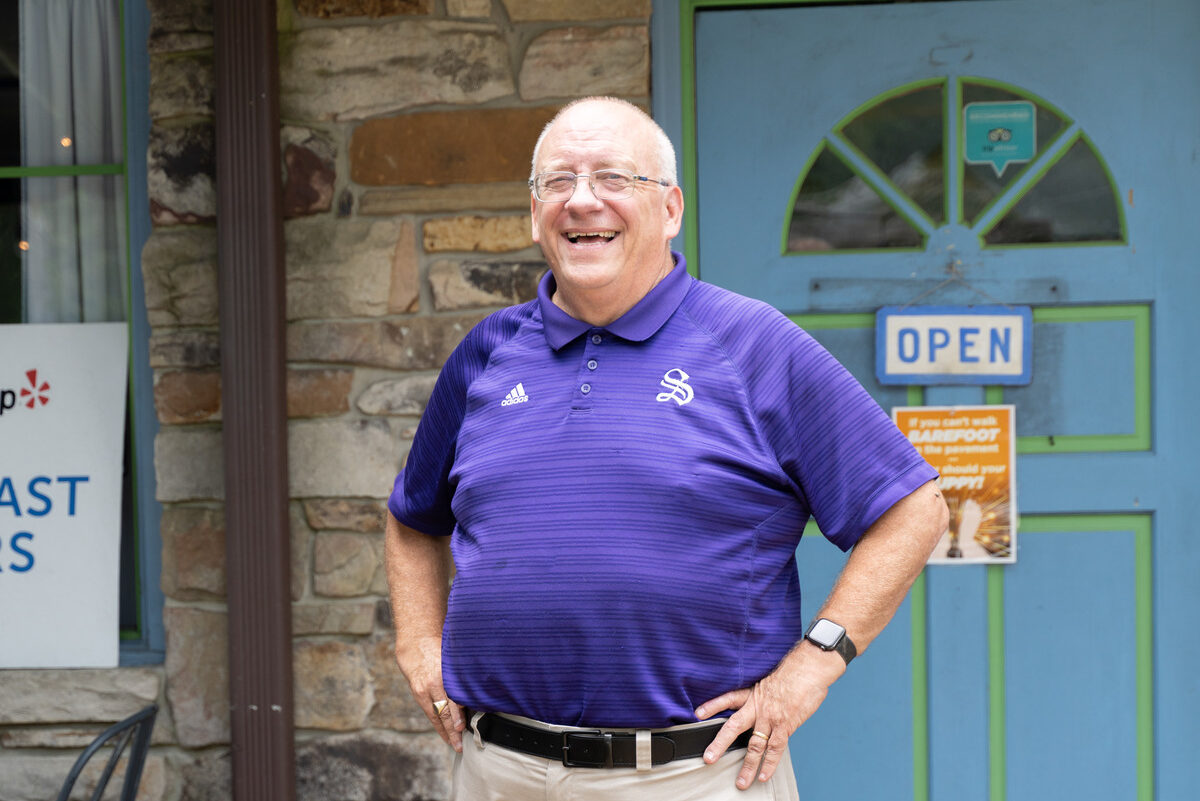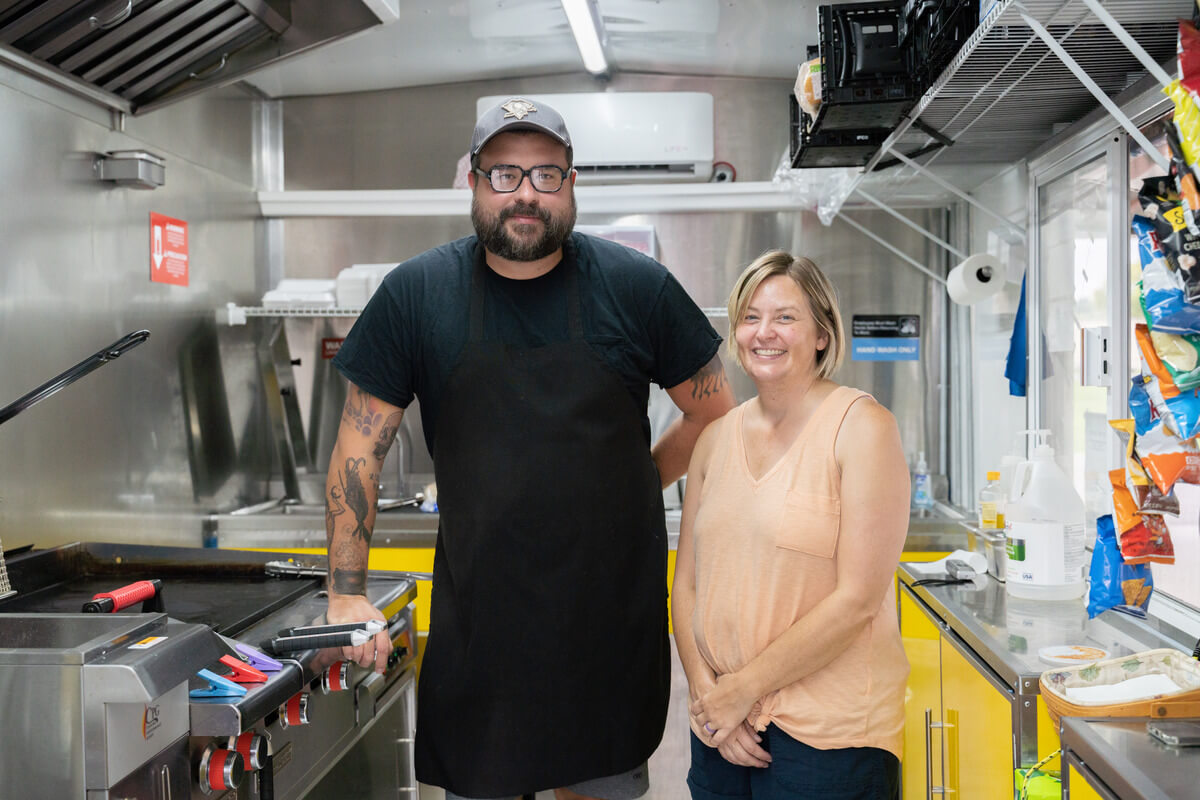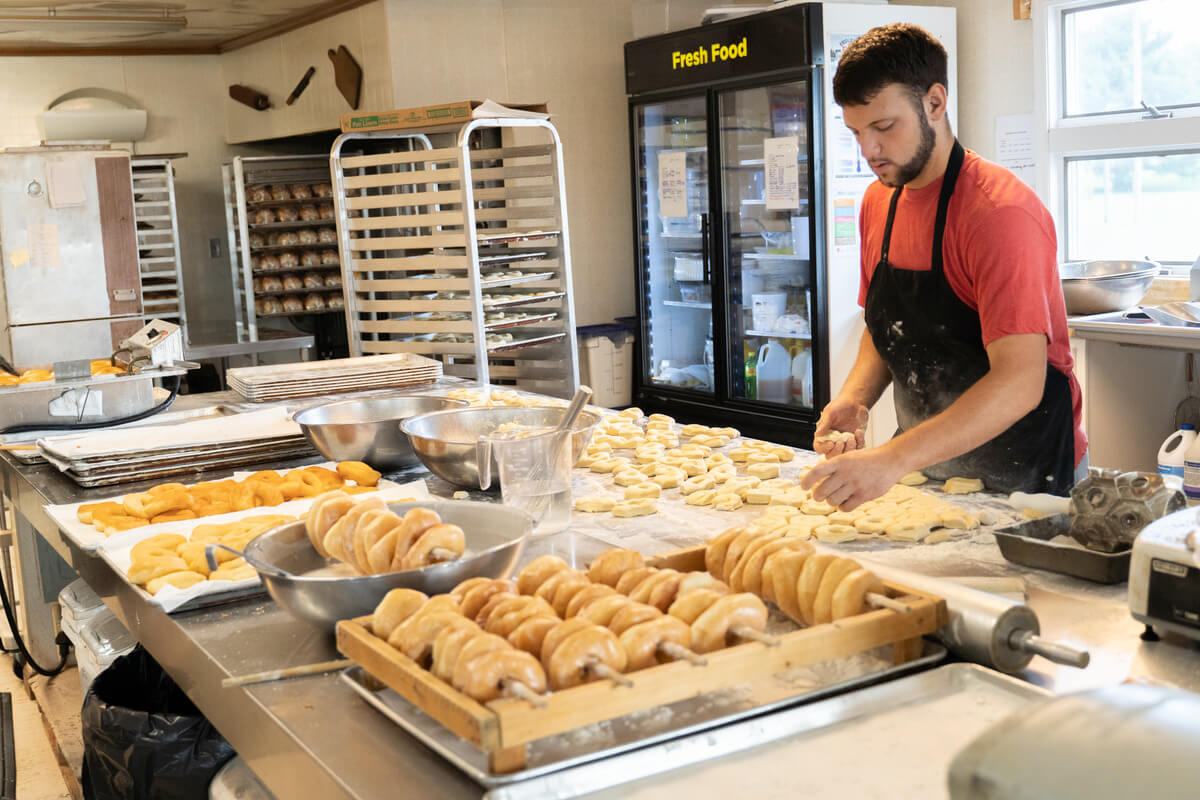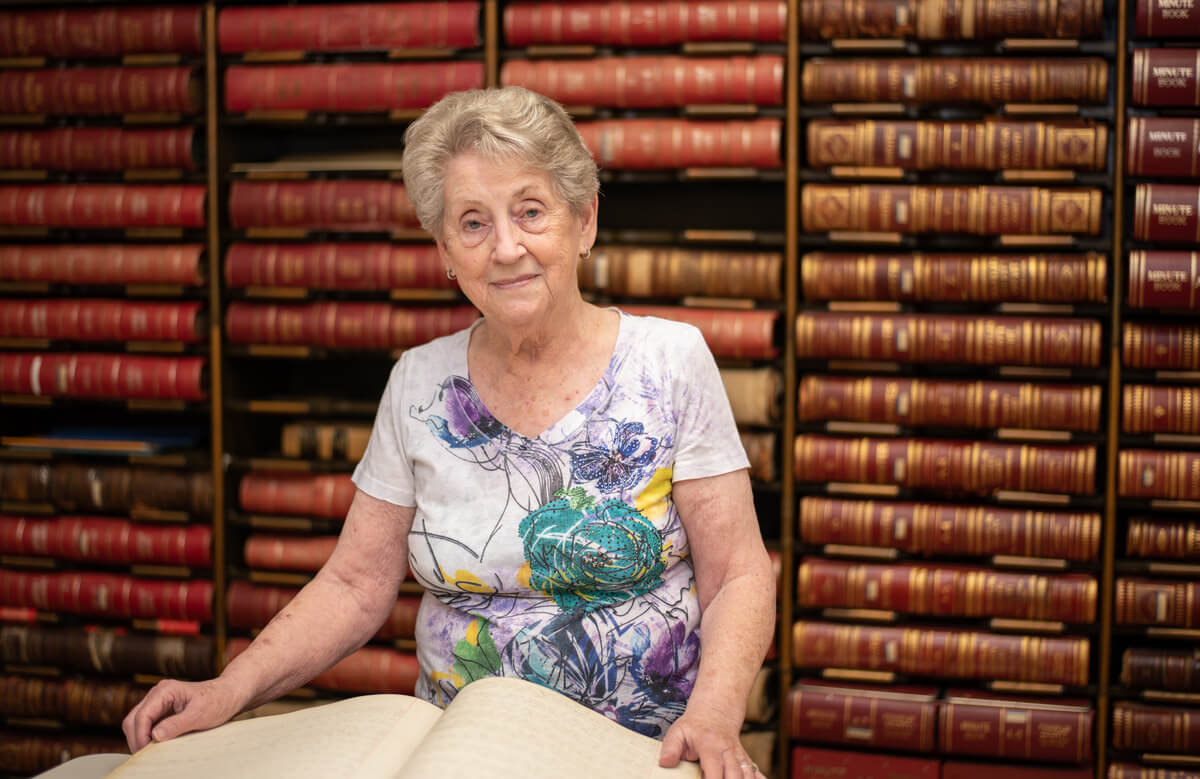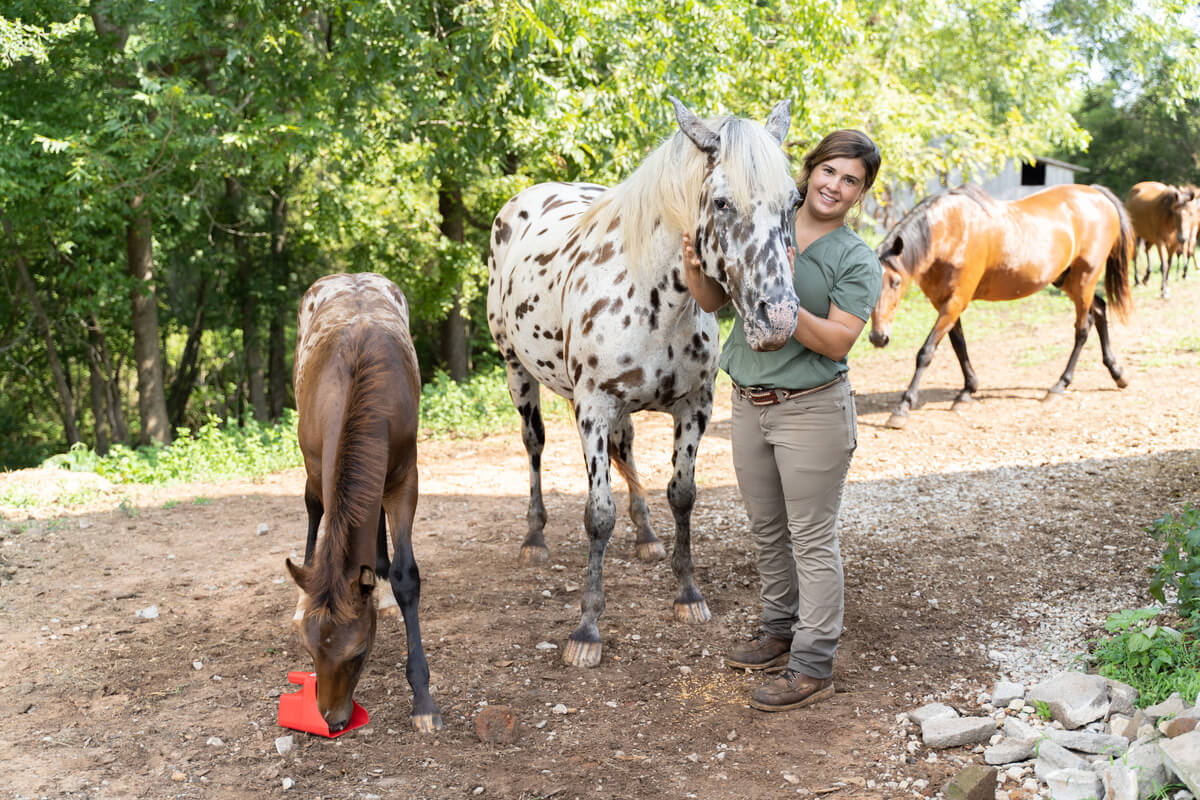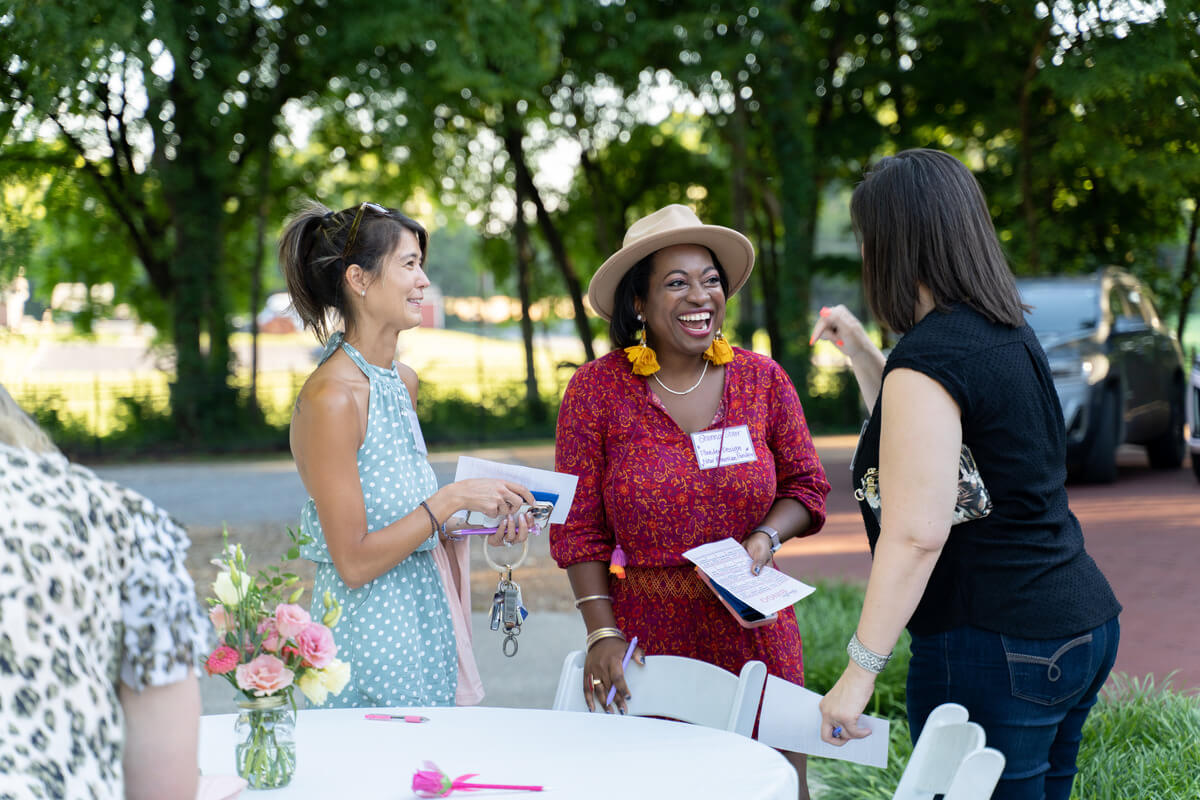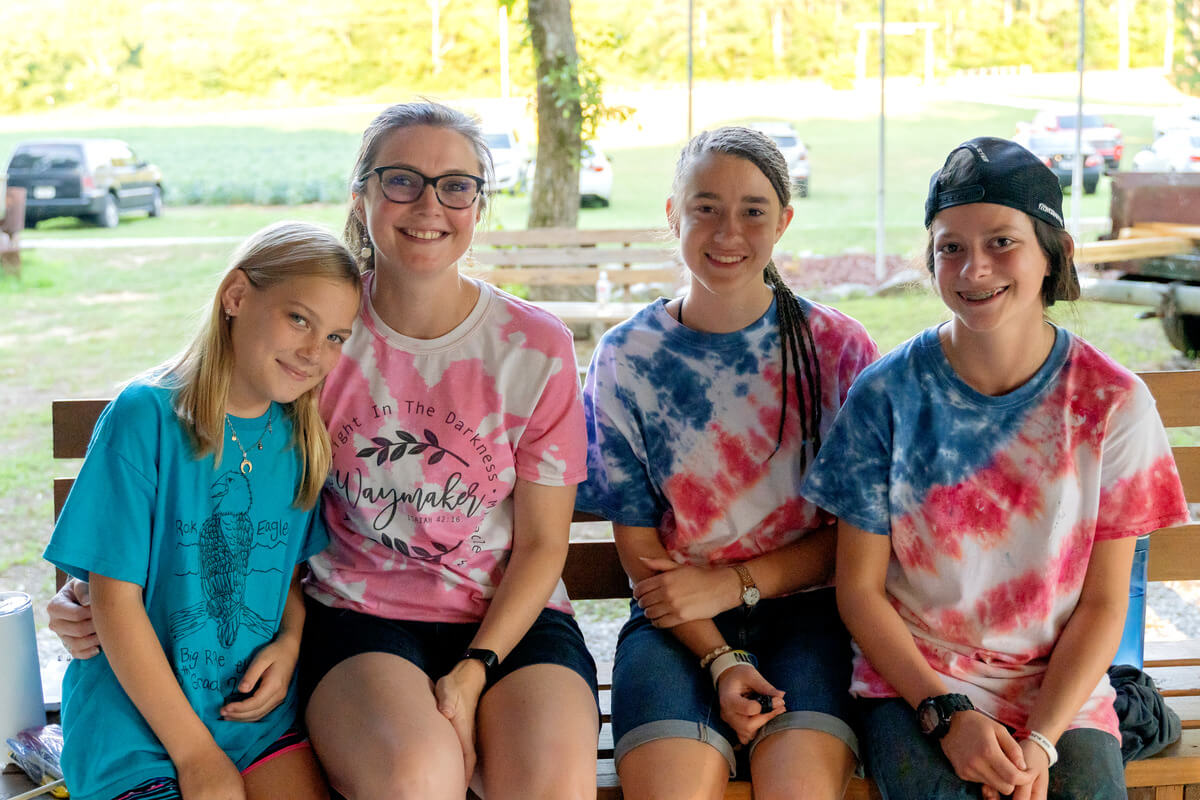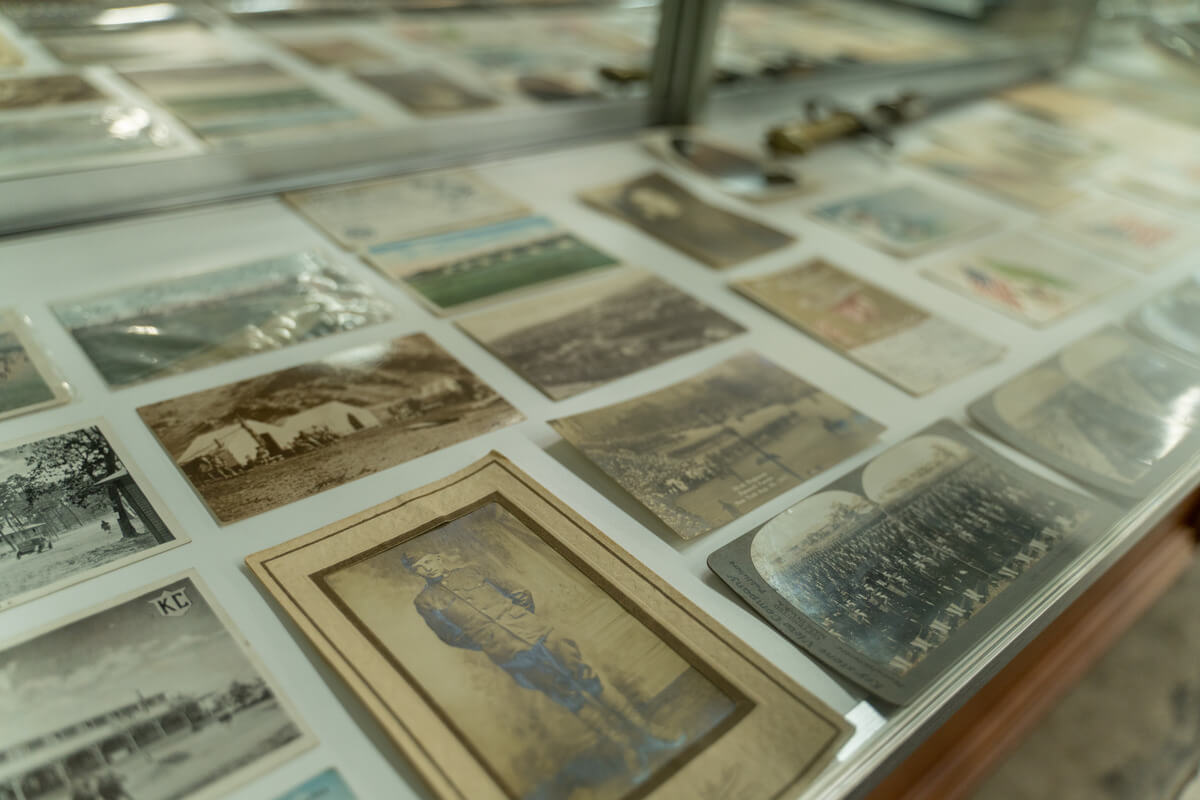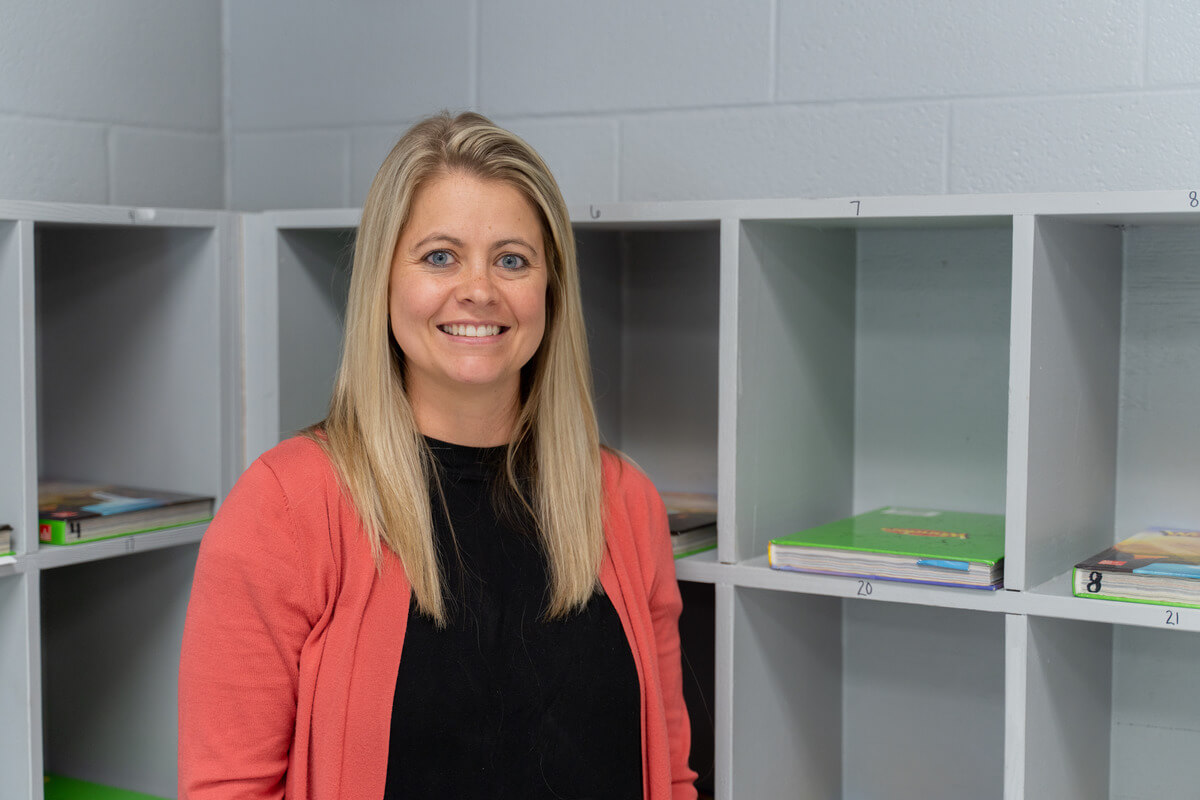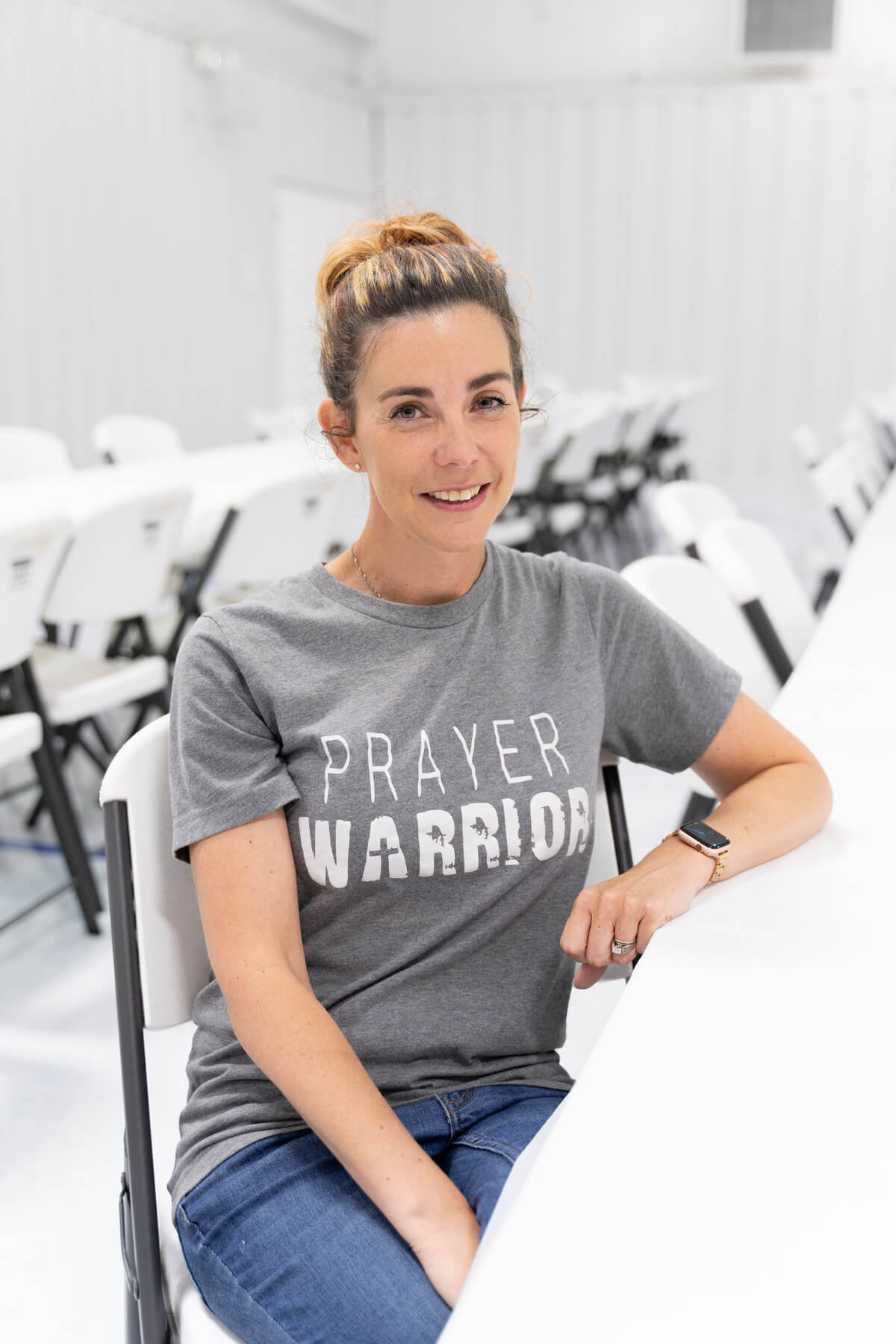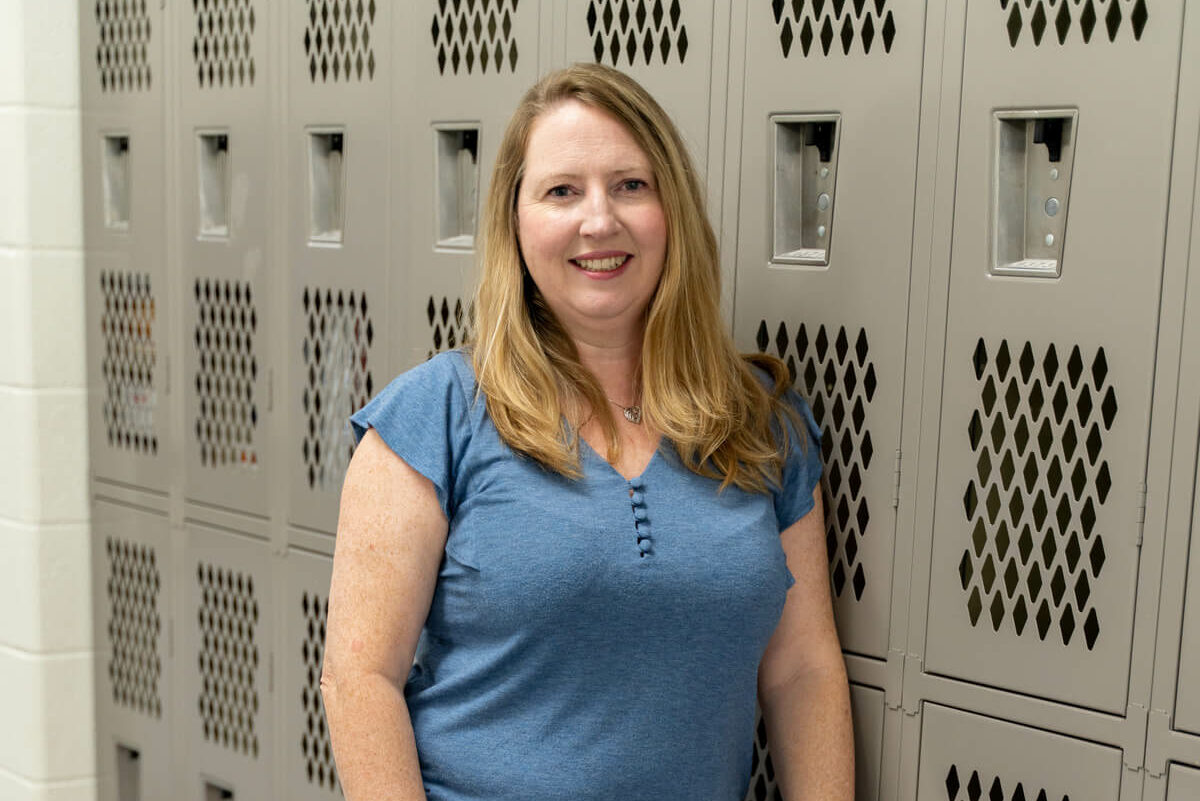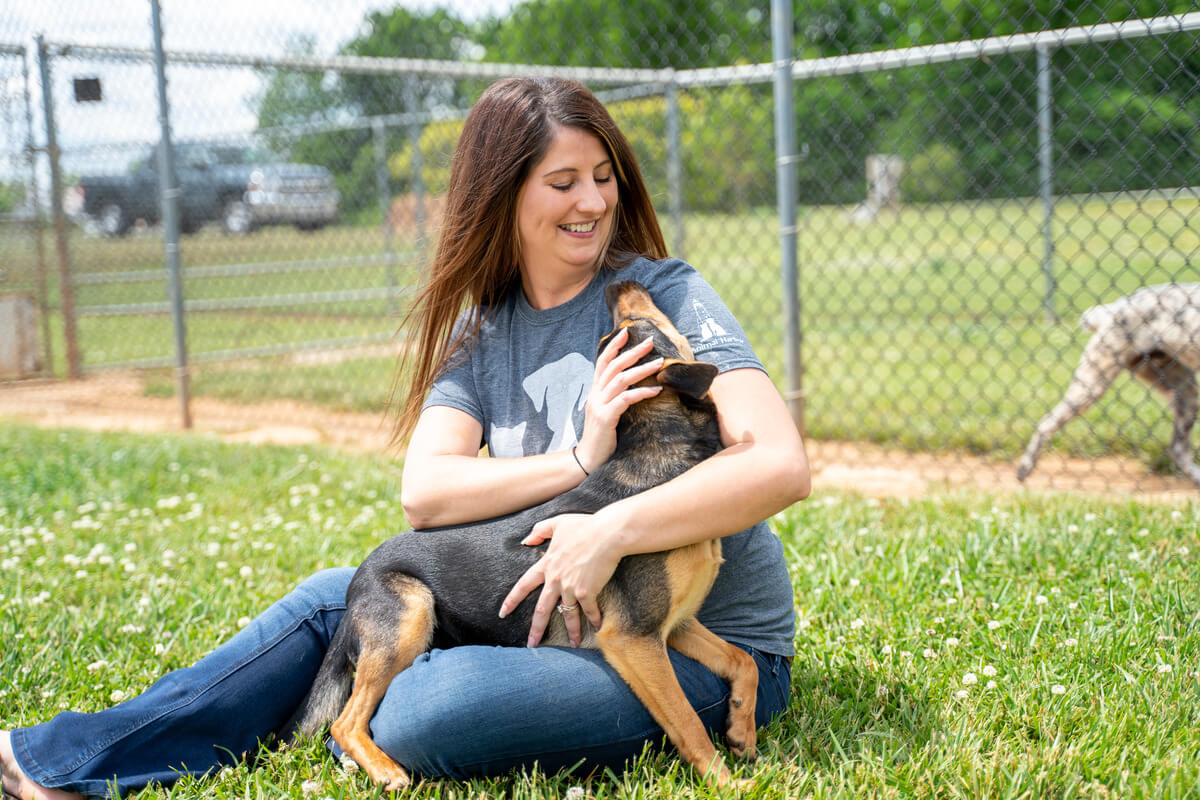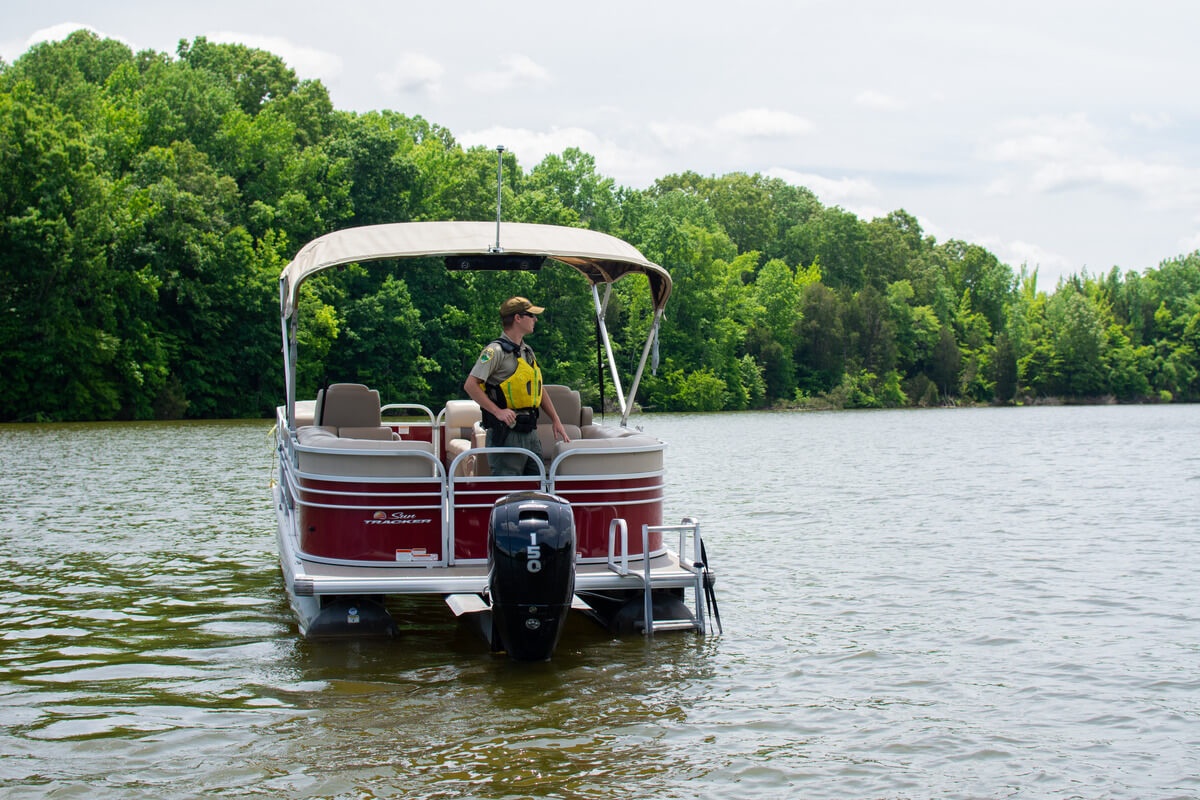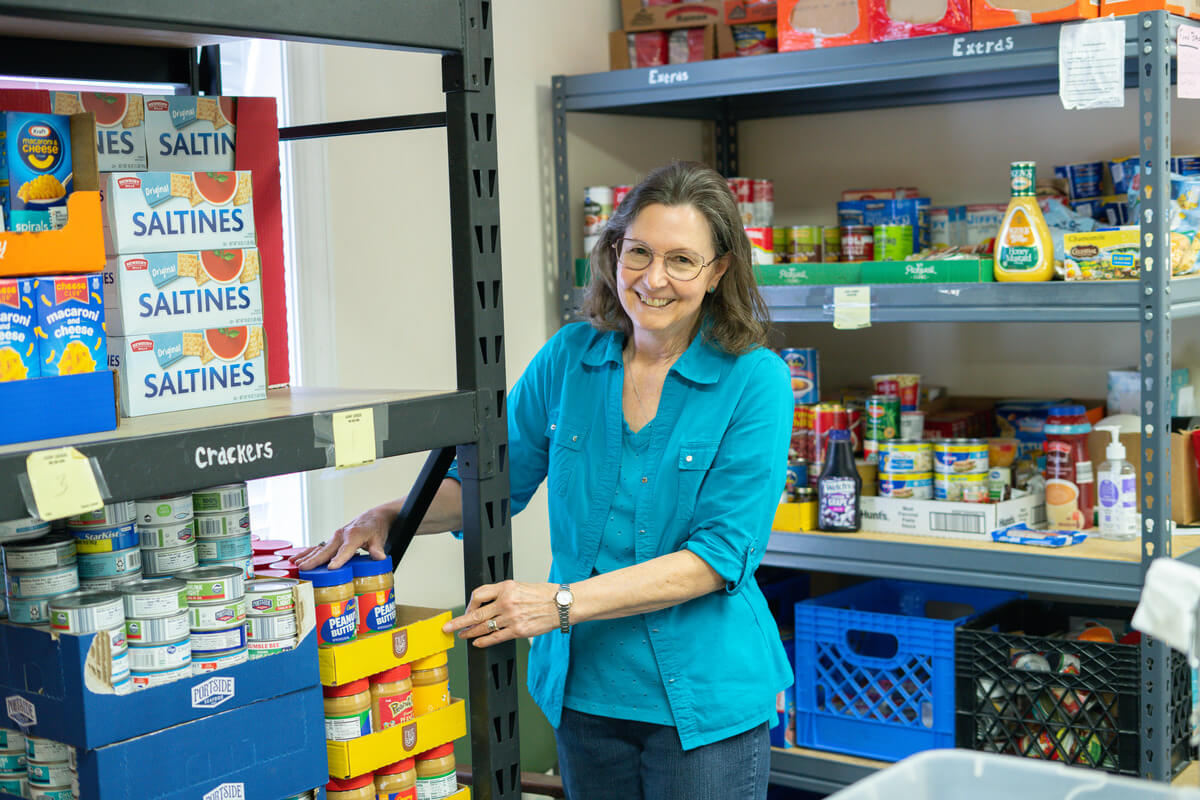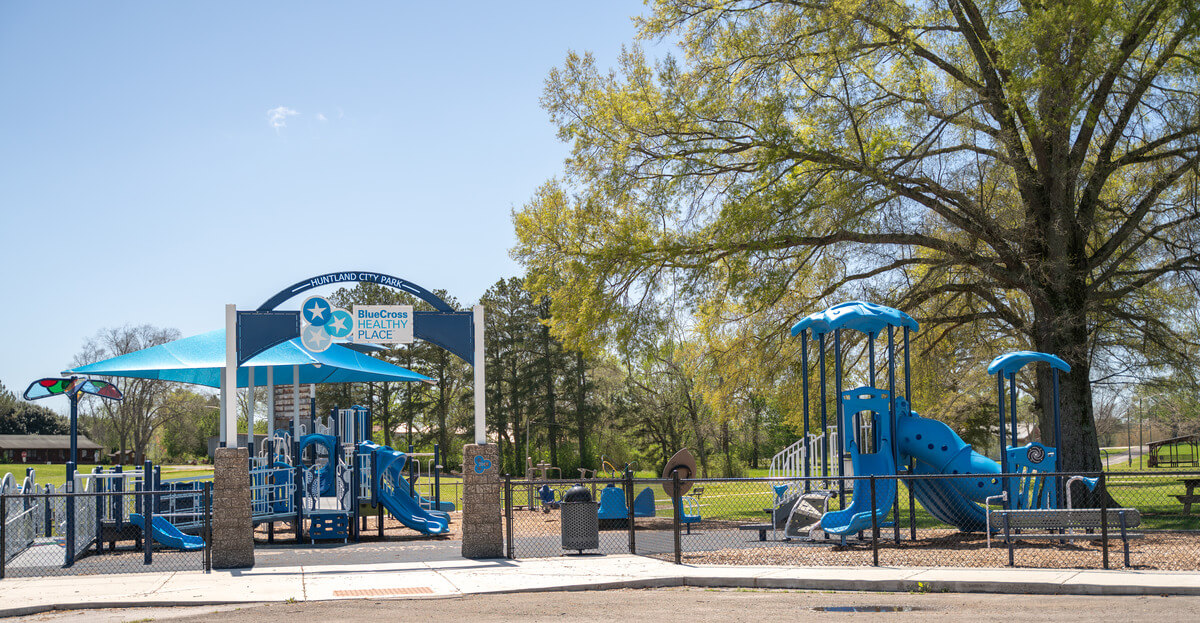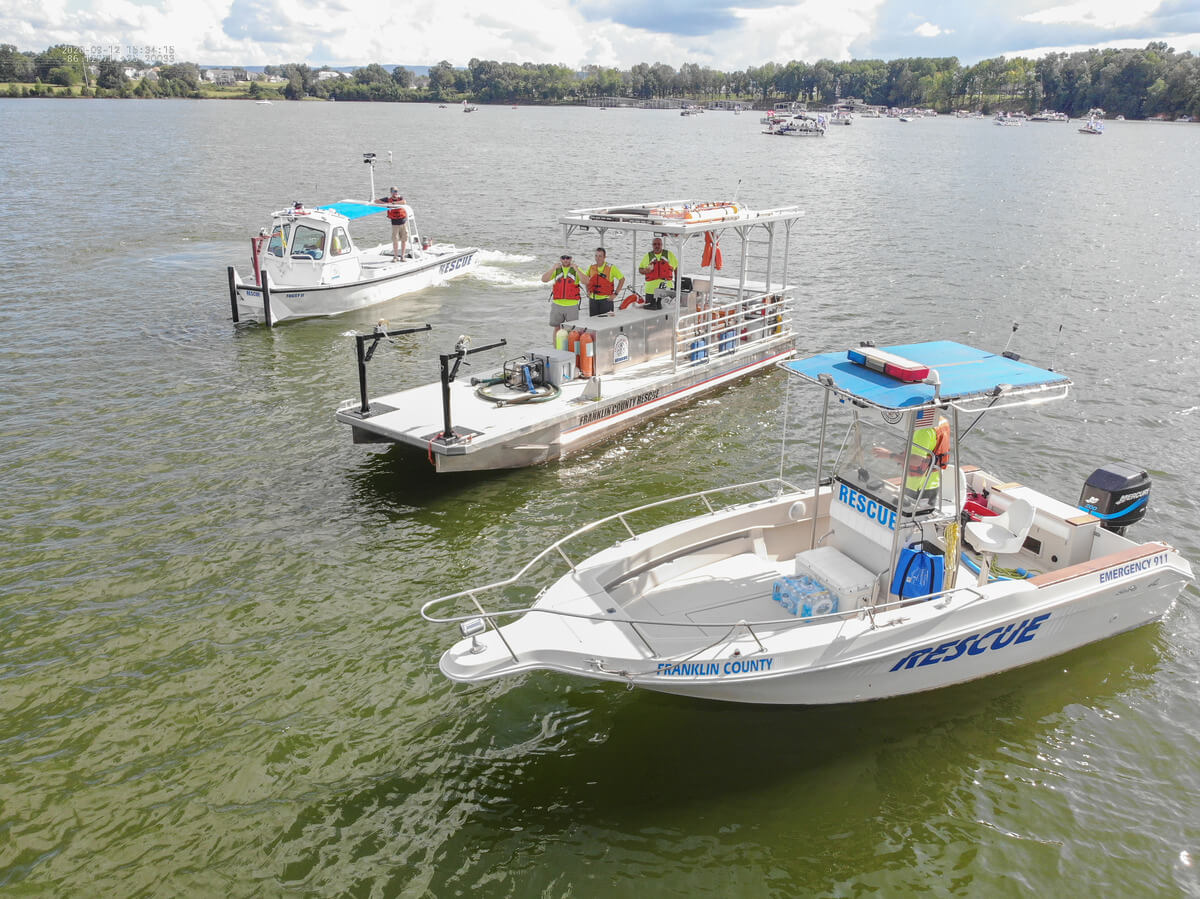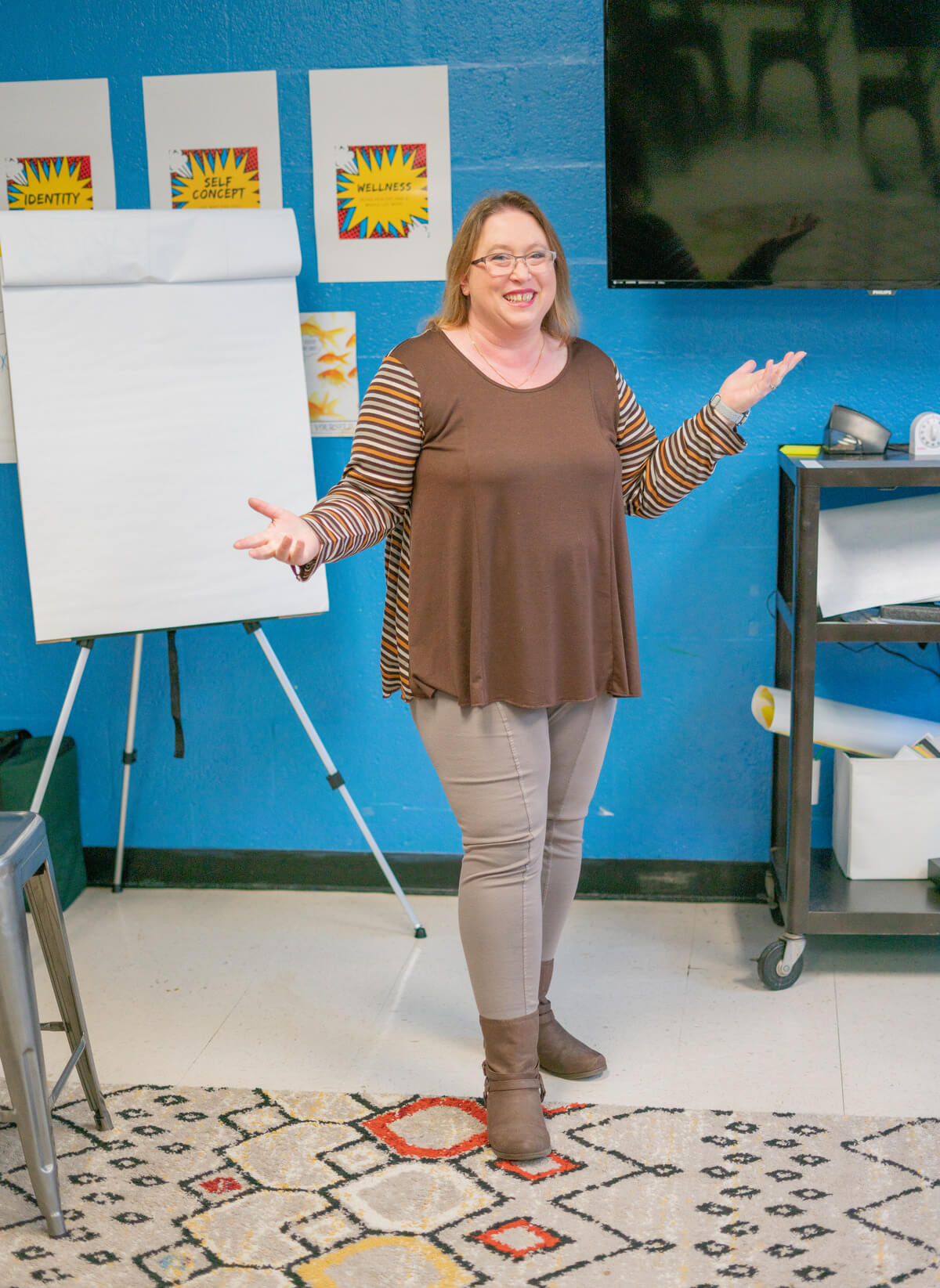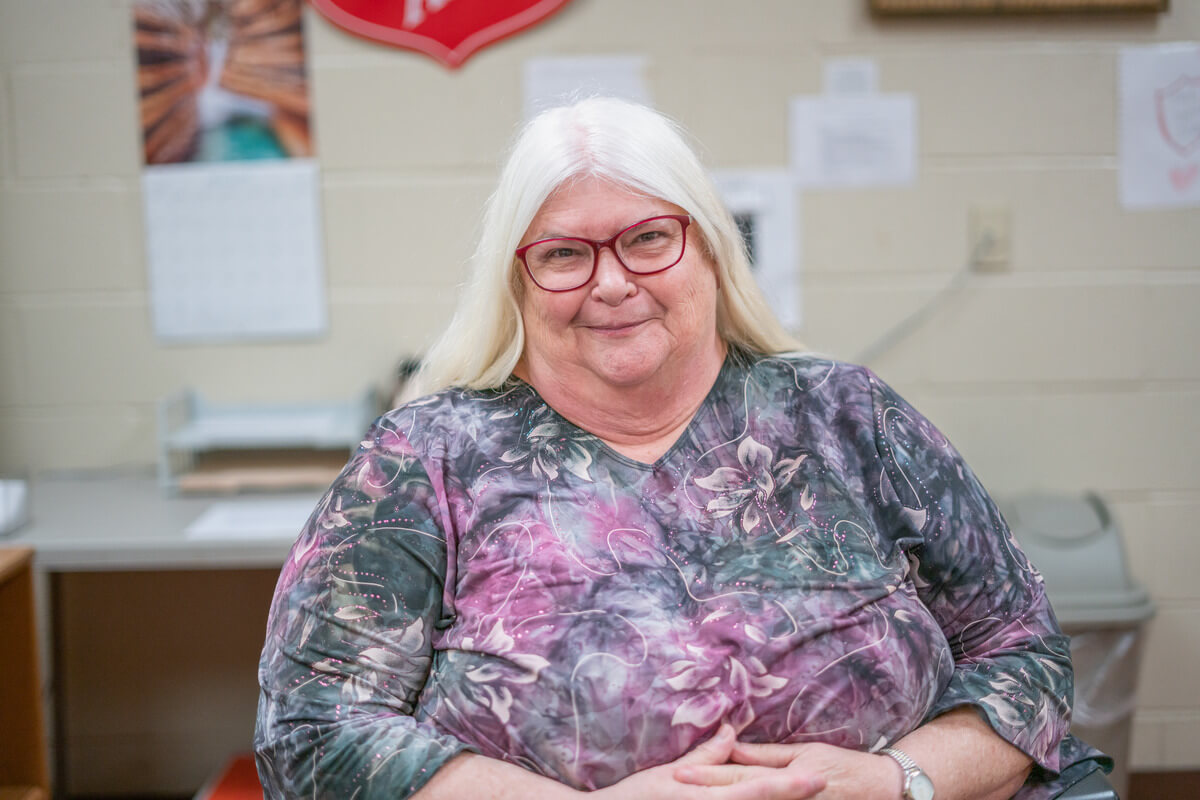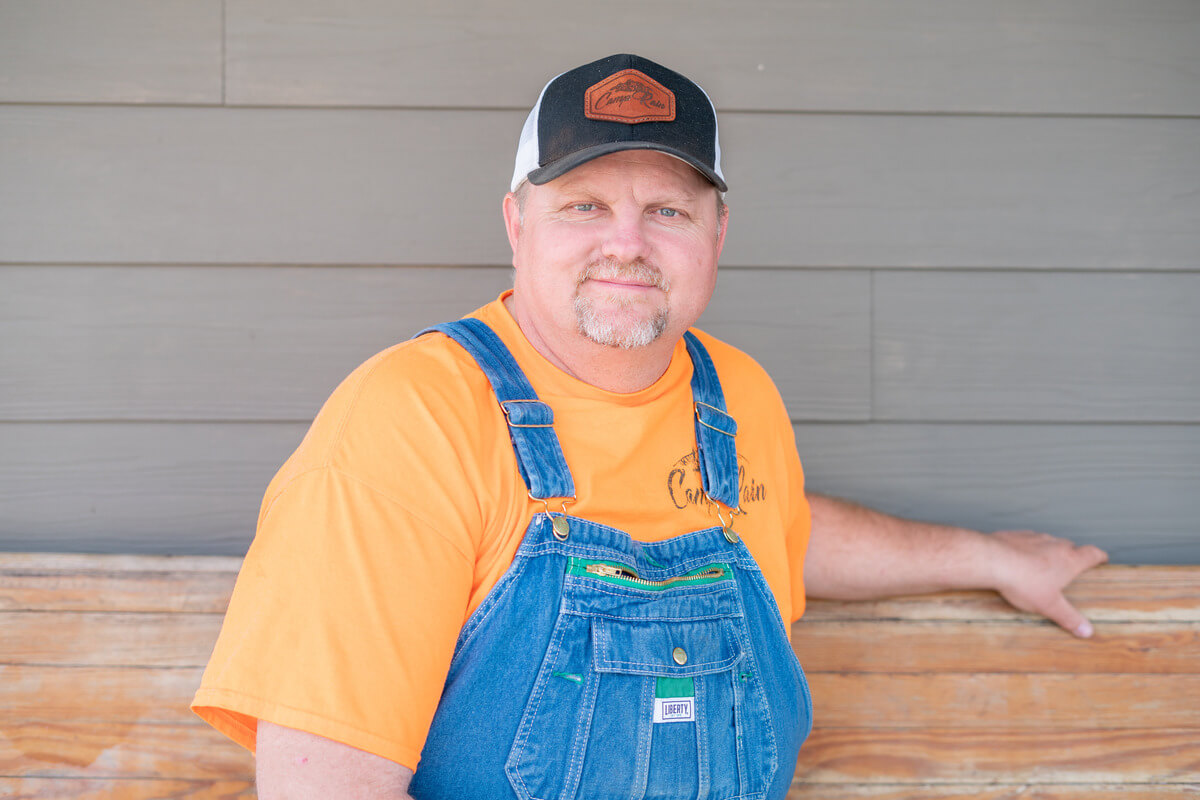For Diane Bolin, nursing was a lifelong dream that survived detours, setbacks, and the weighty responsibilities of raising a family. Her road to nursing had many twists and turns, but her family’s unending support carried her through. As a wife, mother, and grandmother, Bolin’s family is her rock; they cheered her on through the late nights and early mornings of nursing school. Her husband and children rooted for her, lifted her up and made room for her ambition. They took pride in her dream as if it were their own.
“My family is my world, and I could not have become a registered nurse without their love and support.”
After spending 16 years as a medical assistant, Bolin recently completed her nursing degree at 45, fulfilling a dream that began as far back as middle school anatomy class. Now, she’s living that dream as a registered nurse at Southern Tennessee Regional Health System (STRHS), where she brings an abundance of empathy and perseverance to the hospital every day.
However, adjusting to such a rigorous nurse’s schedule has been her greatest challenge.
“We meet every Wednesday morning and work three 12-hour shifts. The meetings were not difficult at all, but just getting into the routine of working a nurse’s schedule was my biggest challenge,” Bolin explained.
The rewards of patient care made every effort worthwhile.
“The biggest reward has definitely been patient care and satisfaction. It is such a rewarding experience to know you have helped someone feel better or made a positive impact on their life.”

The STRHS Nurse Residency Program has provided Bolin with structured, hands-on experiences that have helped her transition into professional practice with fresh insights and new experiences.
The program is structured in four key parts. It begins with online courses that reinforce core nursing skills. Department leaders then share their expertise and practical tips for patient care in weekly meetings. Bolin said she appreciates these meetings, which often feature different types of equipment and essential nursing techniques.
“The most valuable thing I learned pertains to practical skills, such as IV insertion and perfecting my assessment,” Bolin said.
The real learning happens in those 12-hour shifts, where Bolin works shoulder-to-shoulder with her mentor, a seasoned nurse who’s shown her the ropes with patience and skill. Her mentor provided her with the sort of insight that only experience can bring.
“Working side-by-side with the more experienced nurse, we learn so much more than a textbook could ever provide. My mentor was great. She was always very patient and kind. I could, and still can, always go to her to ask any question, and she would be more than happy to answer it.”
The program culminates with a capstone project, during which nurses identify areas for improvement in patient care and present their findings to nurse leaders. According to Bolin, this hands-on learning is especially important because it bridges the gap between textbook knowledge and real-world nursing.

Regarding career ambitions, Bolin said she wants to leave an impact, not just on her patients but on the next generation of nurses. Bolin currently works in the medical-surgical unit but is intrigued by the possibility of transitioning to intensive care, where she can expand her skills even further and maybe even teach.
Teaching is a goal on her horizon because she enjoys mentoring nursing students who come to STRHS for clinical rotations.
“I have worked with some nursing students who come to the hospital for clinical rotations here and have really enjoyed showing them tips and tricks in nursing. It’s great to see them light up with excitement,” Bolin said.
She also believes that while health care technology may evolve, compassionate, human-centered care will always be at the forefront of nursing.
“When the nursing students come to the hospital for clinicals, their energy is contagious. There’s nothing like seeing that light in their eyes when they master a skill for the first time,” she said.
Her experiences in the program, such as learning how to insert IVs and perfecting her assessment, have vitalized this dream. These experiences have given her the confidence and skill set to pay forward what she’s learned.
At 45, Bolin is living proof of how life’s detours can lead to destinations that are all the more meaningful. She reminds us that it’s never too late to chase a dream — especially when that dream involves changing lives. Becoming a registered nurse helped Bolin realize the purpose she’s carried for decades. With her family by her side and a foundation of patient-centered care, she is ready to show the world what nursing is truly about — empathy, perseverance, and mentorship. GN

